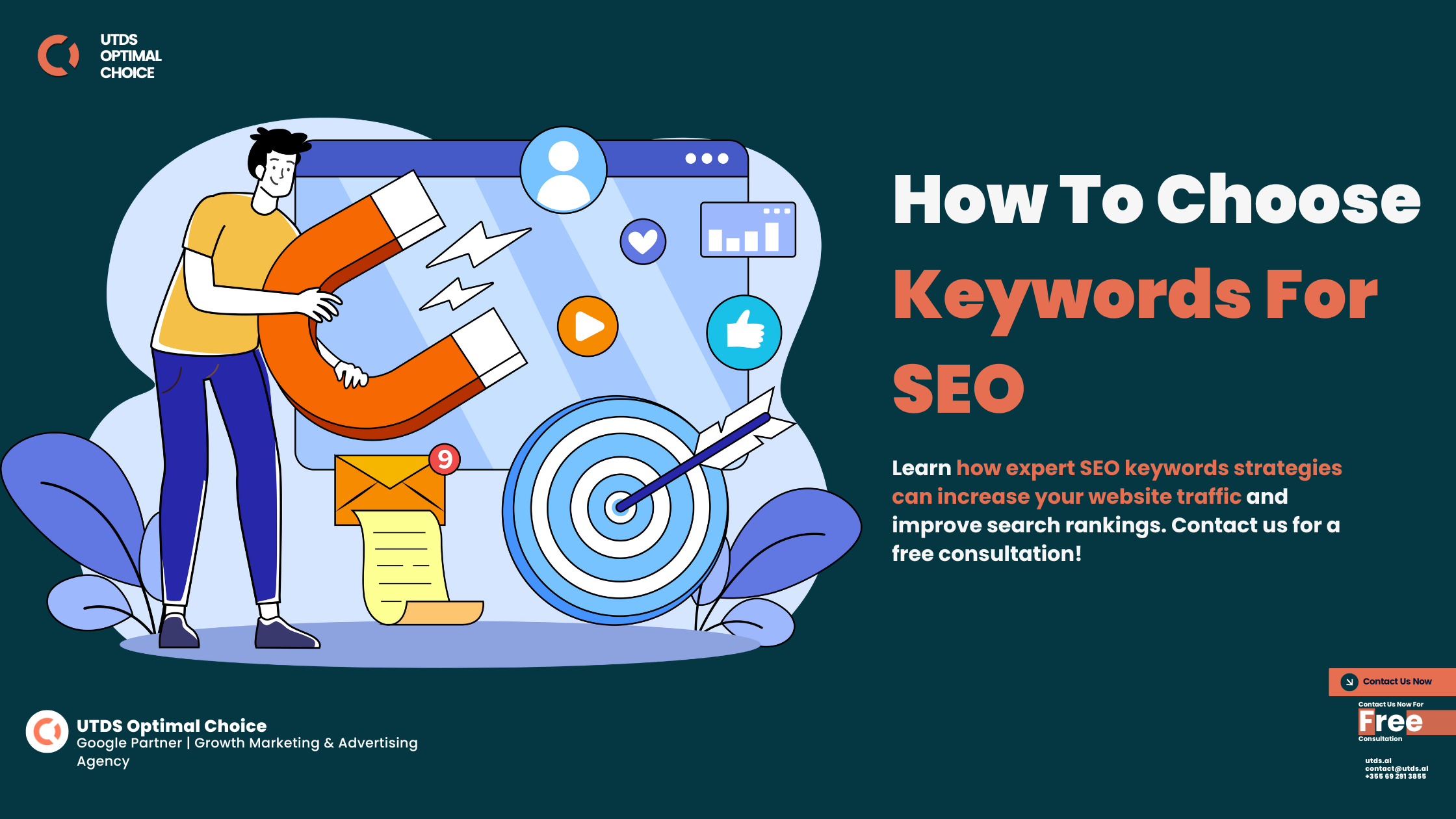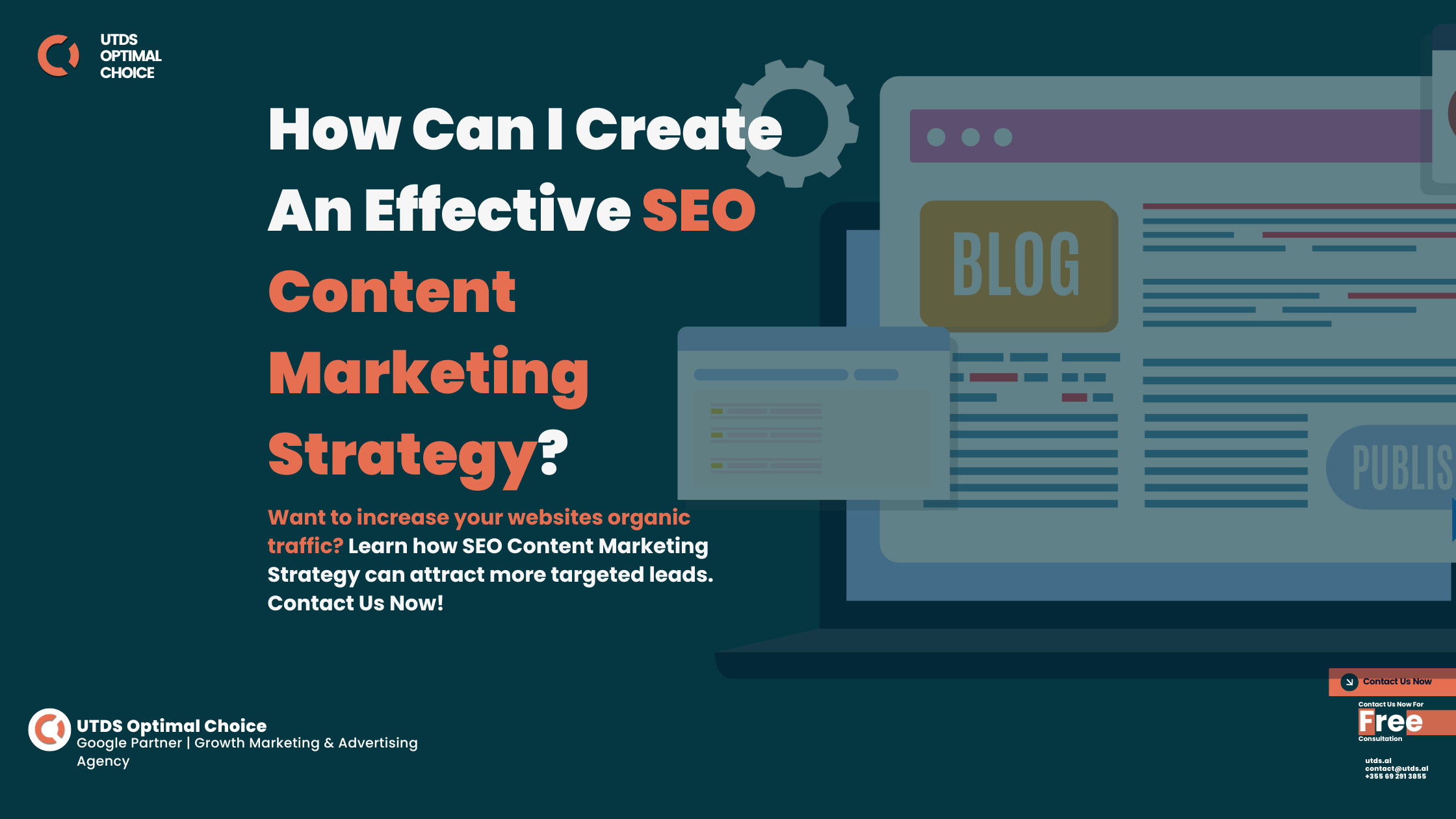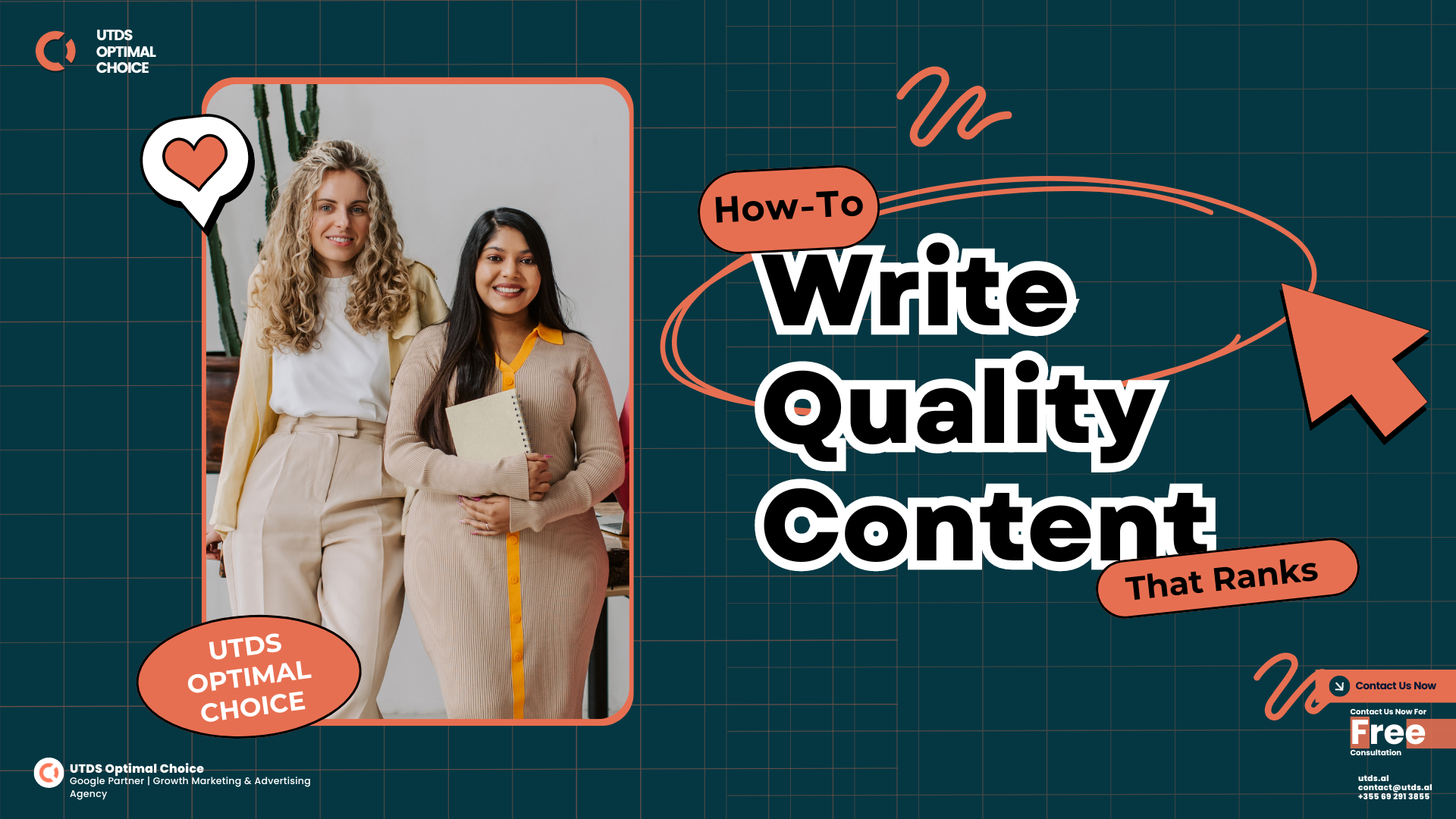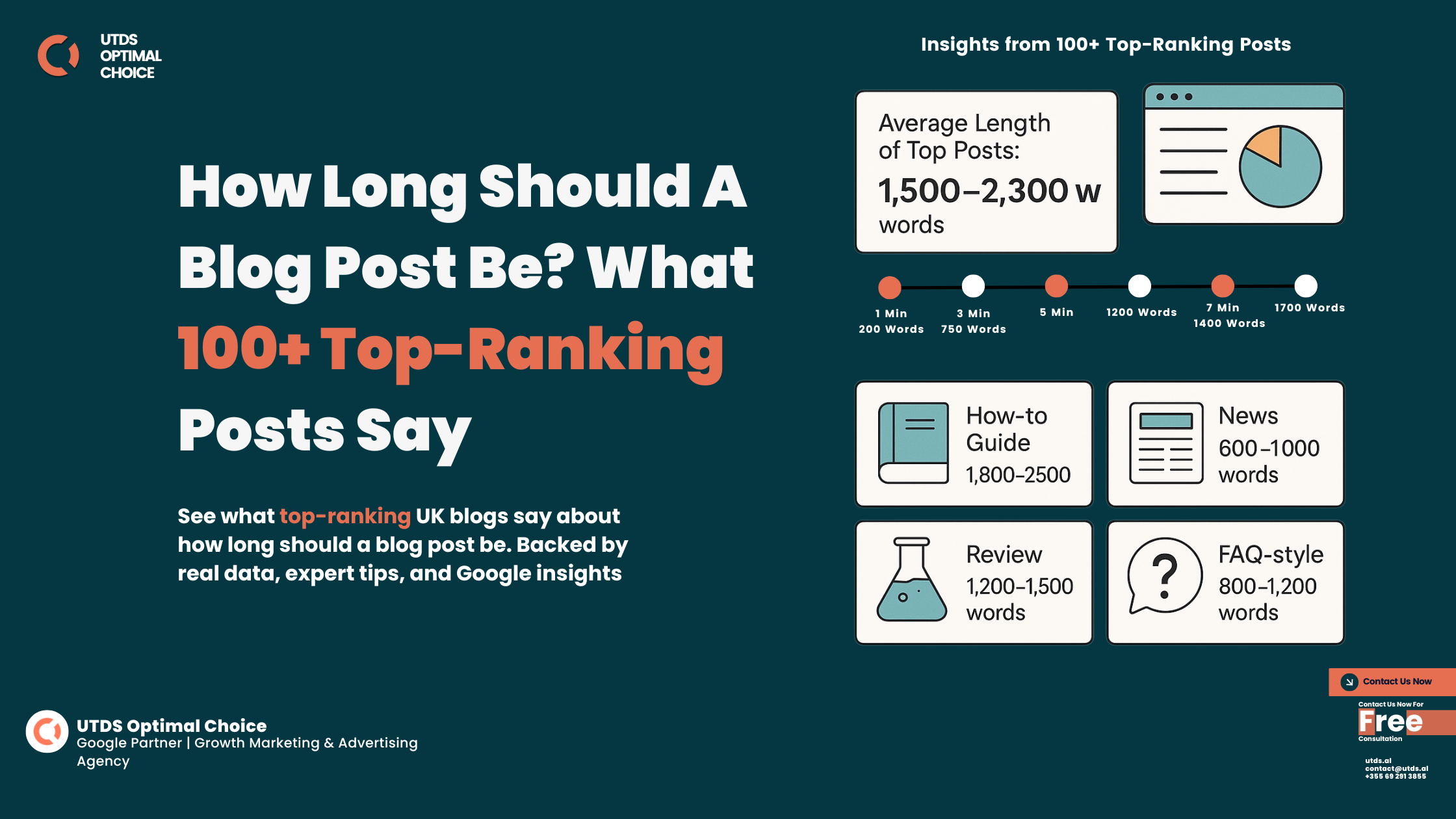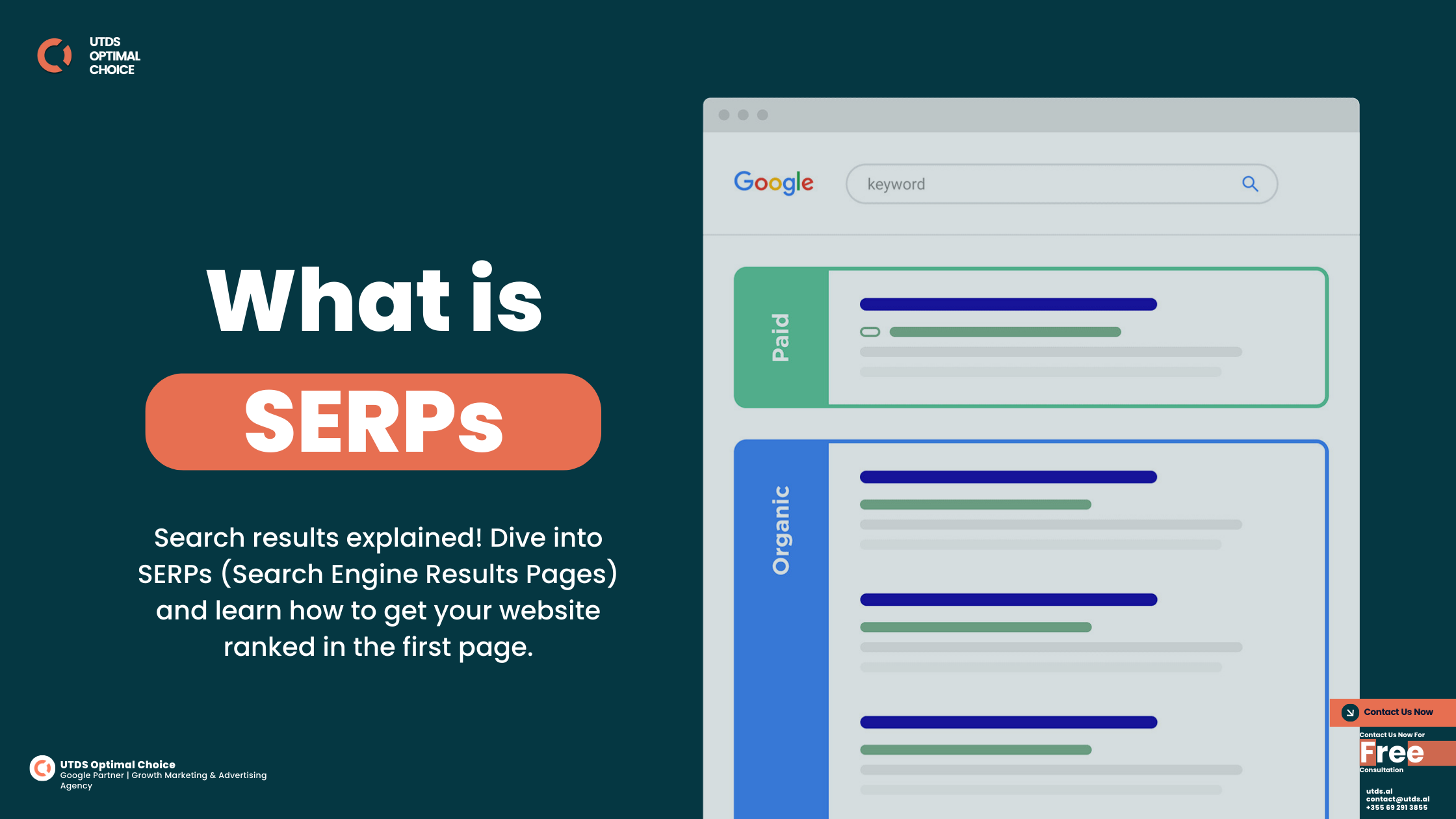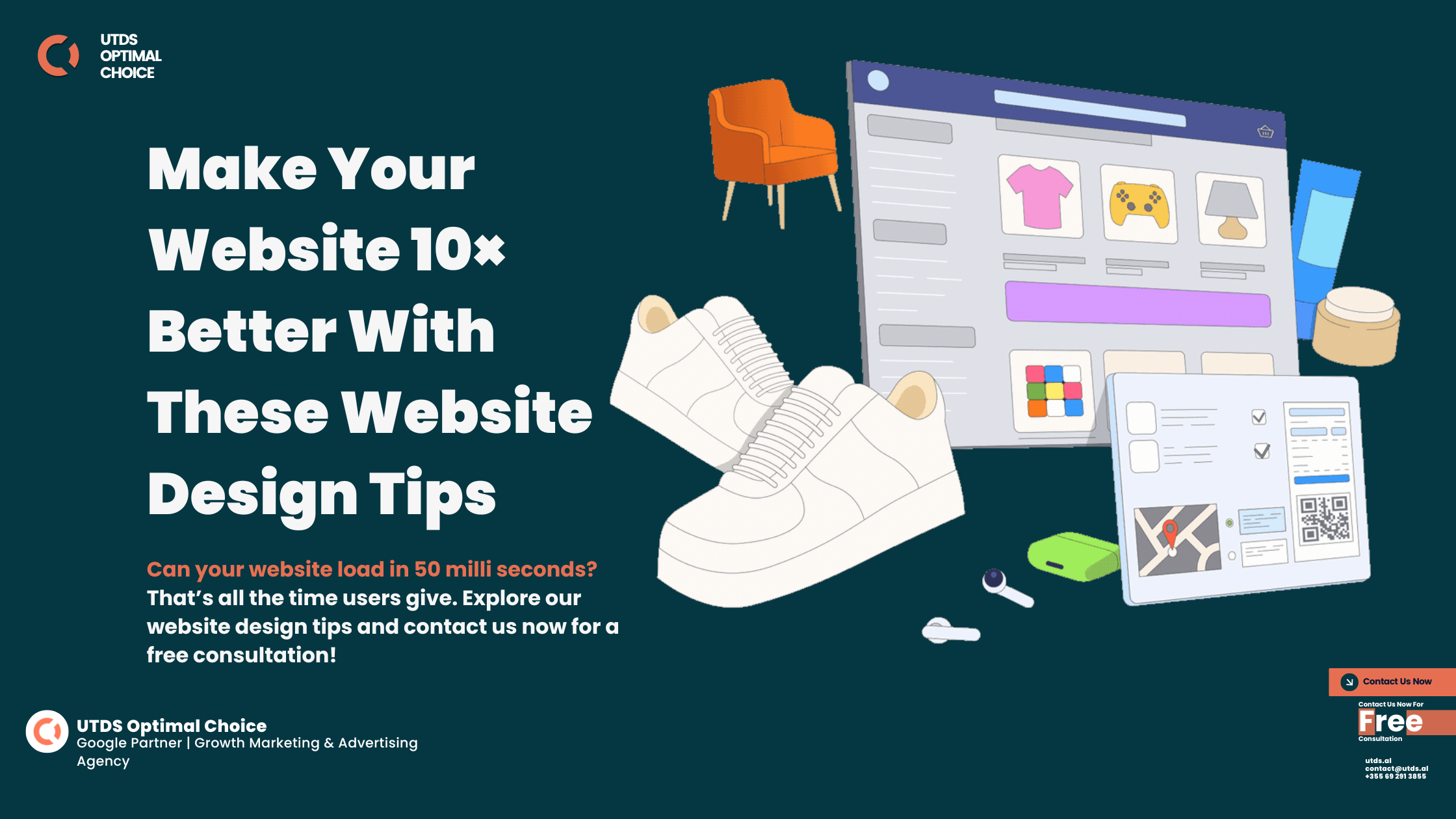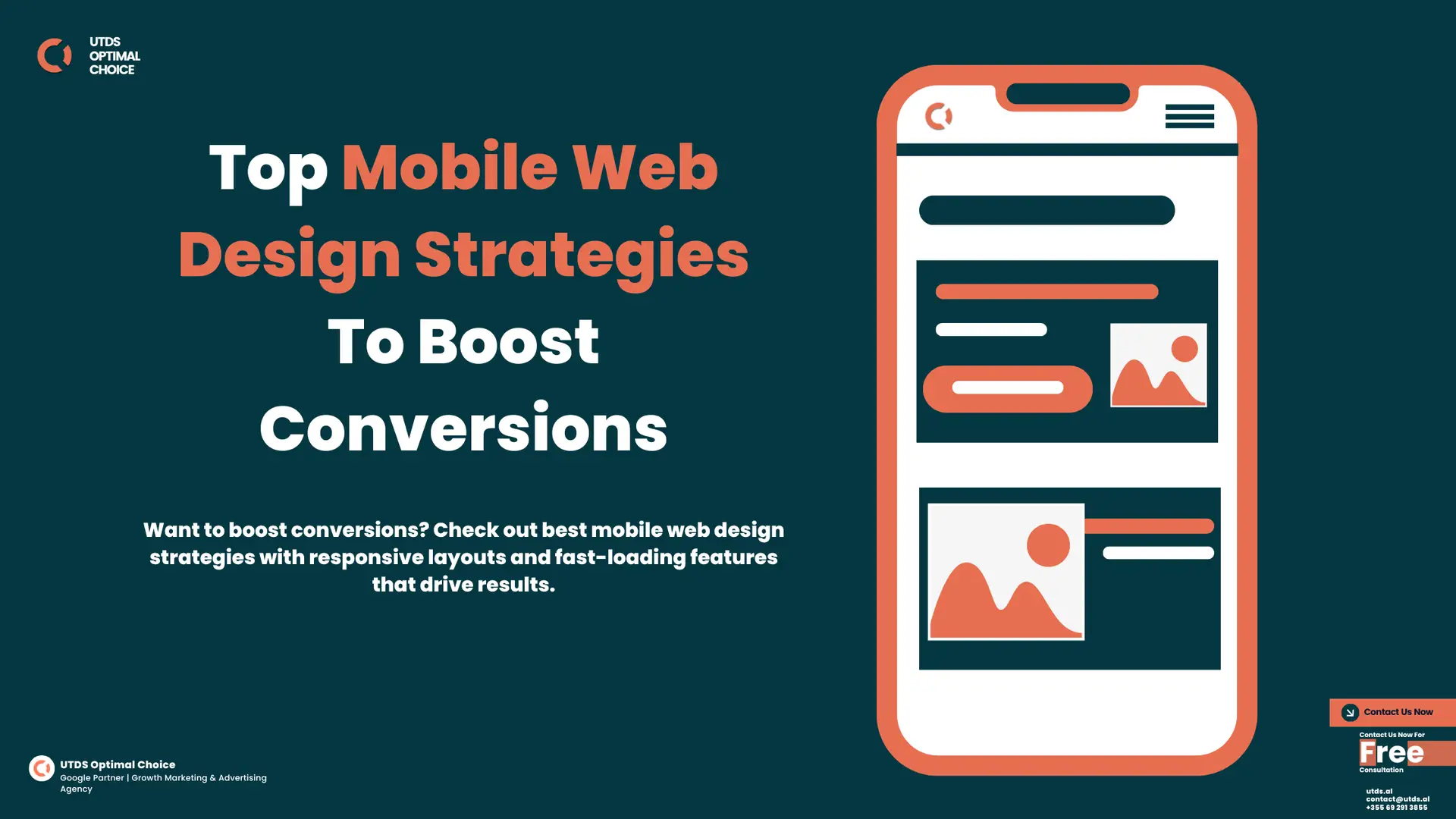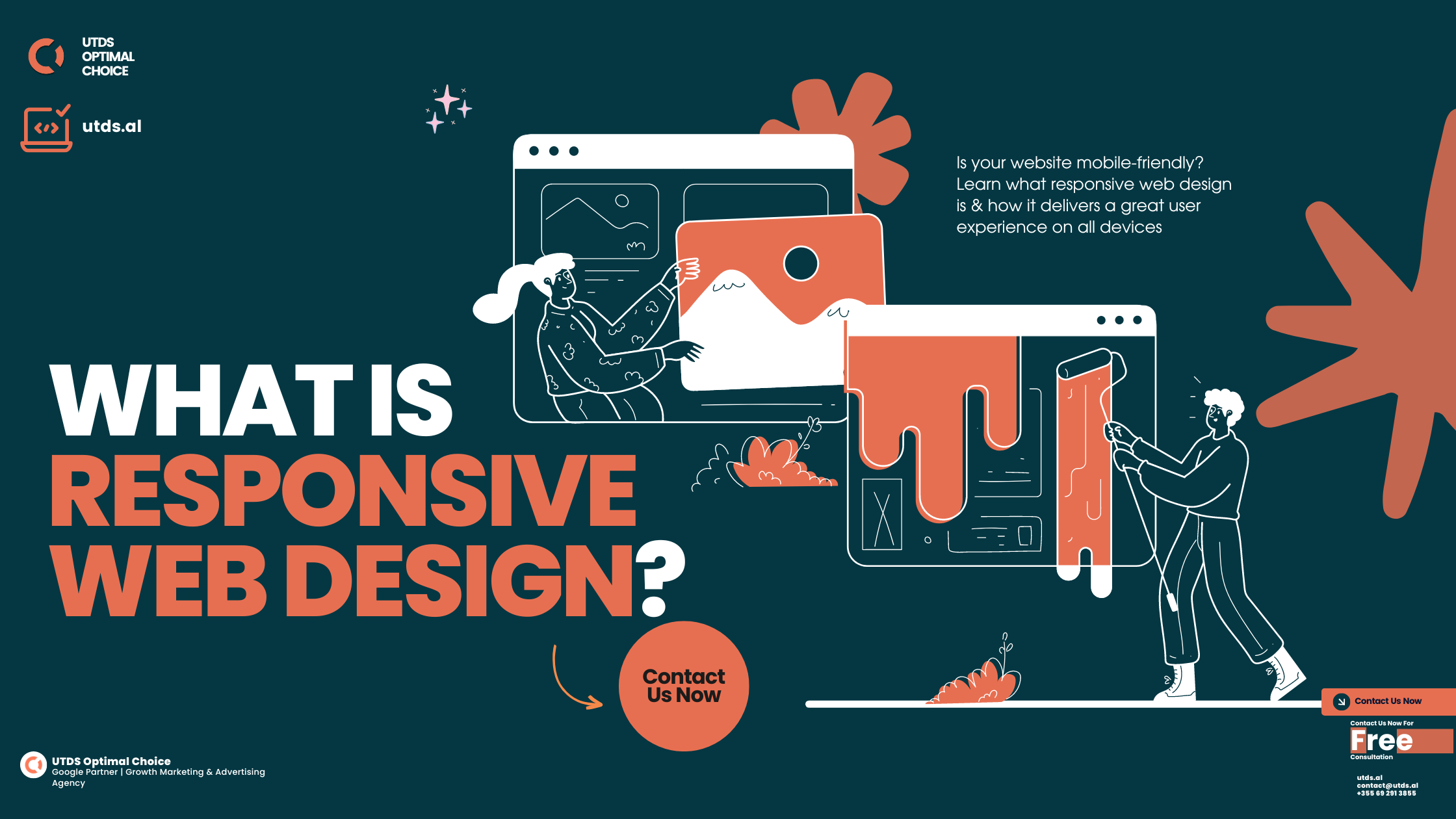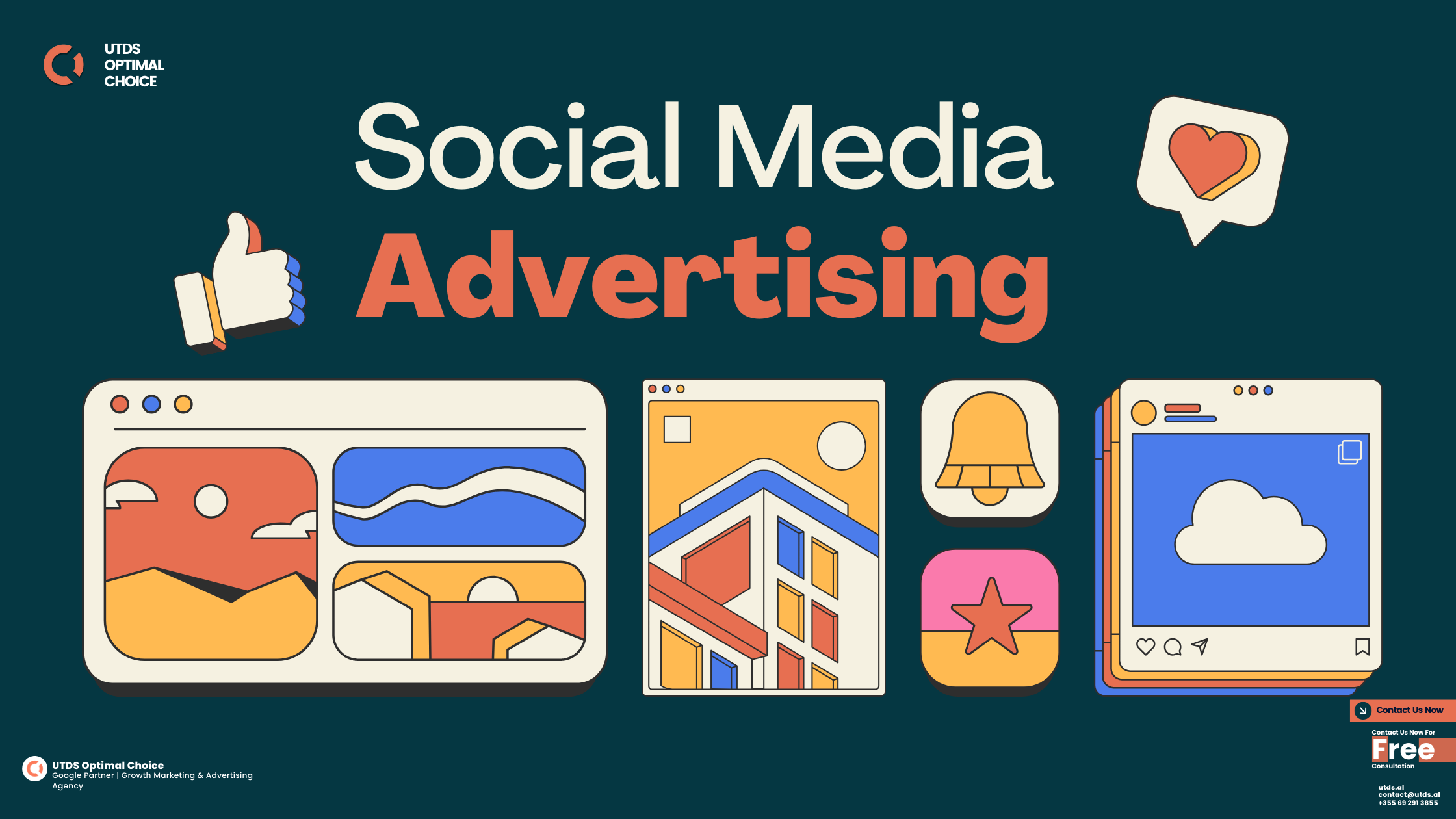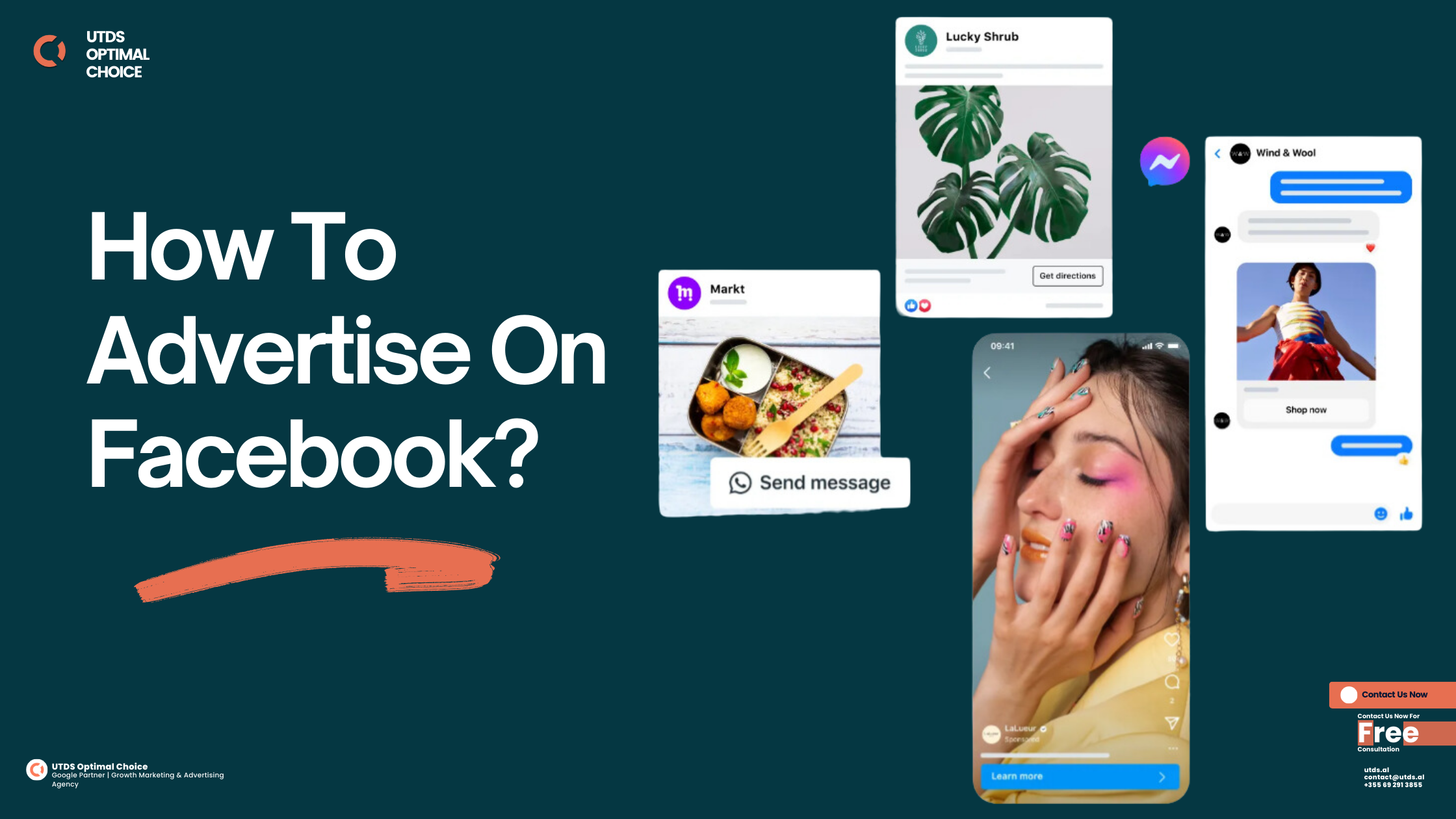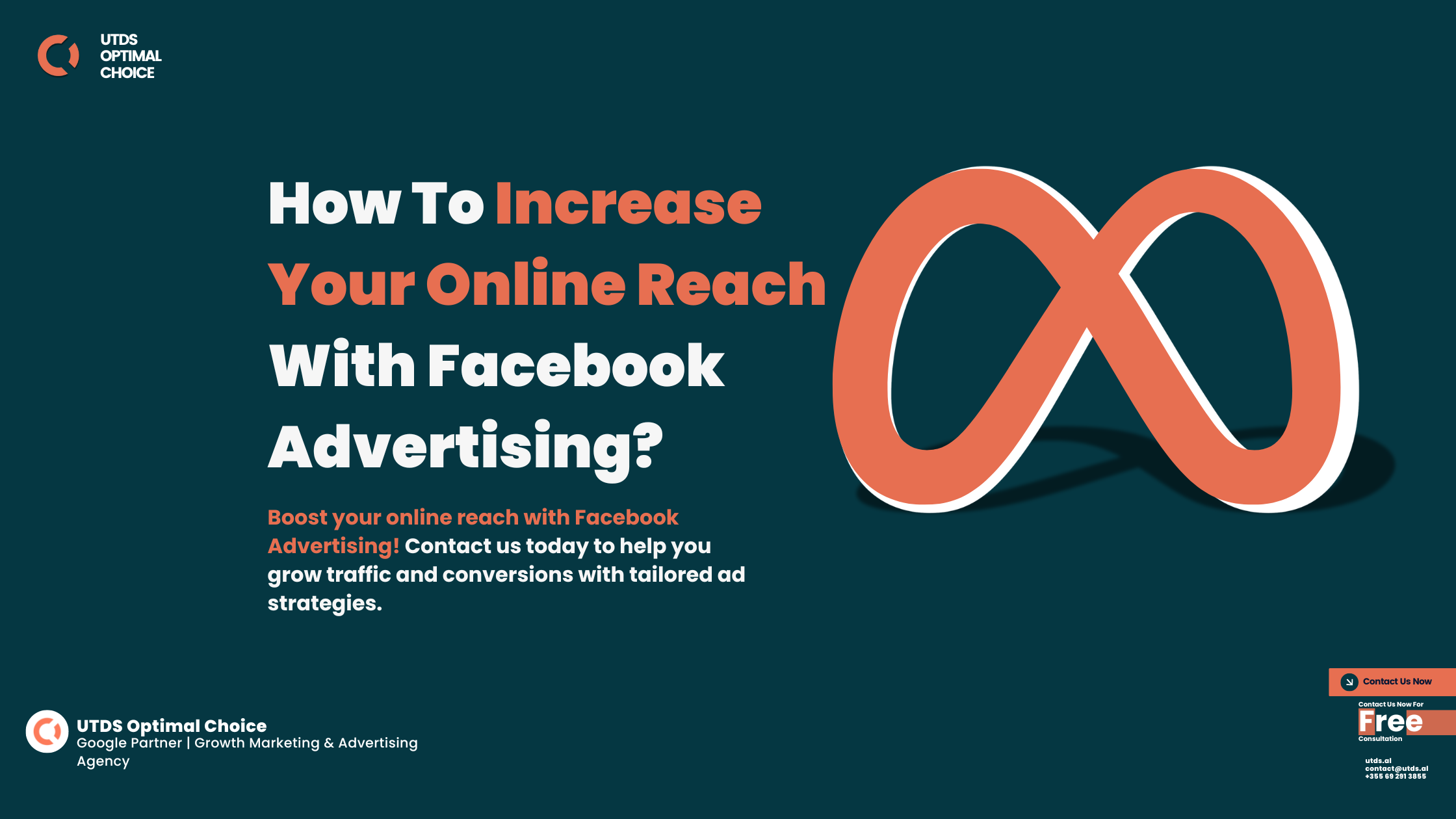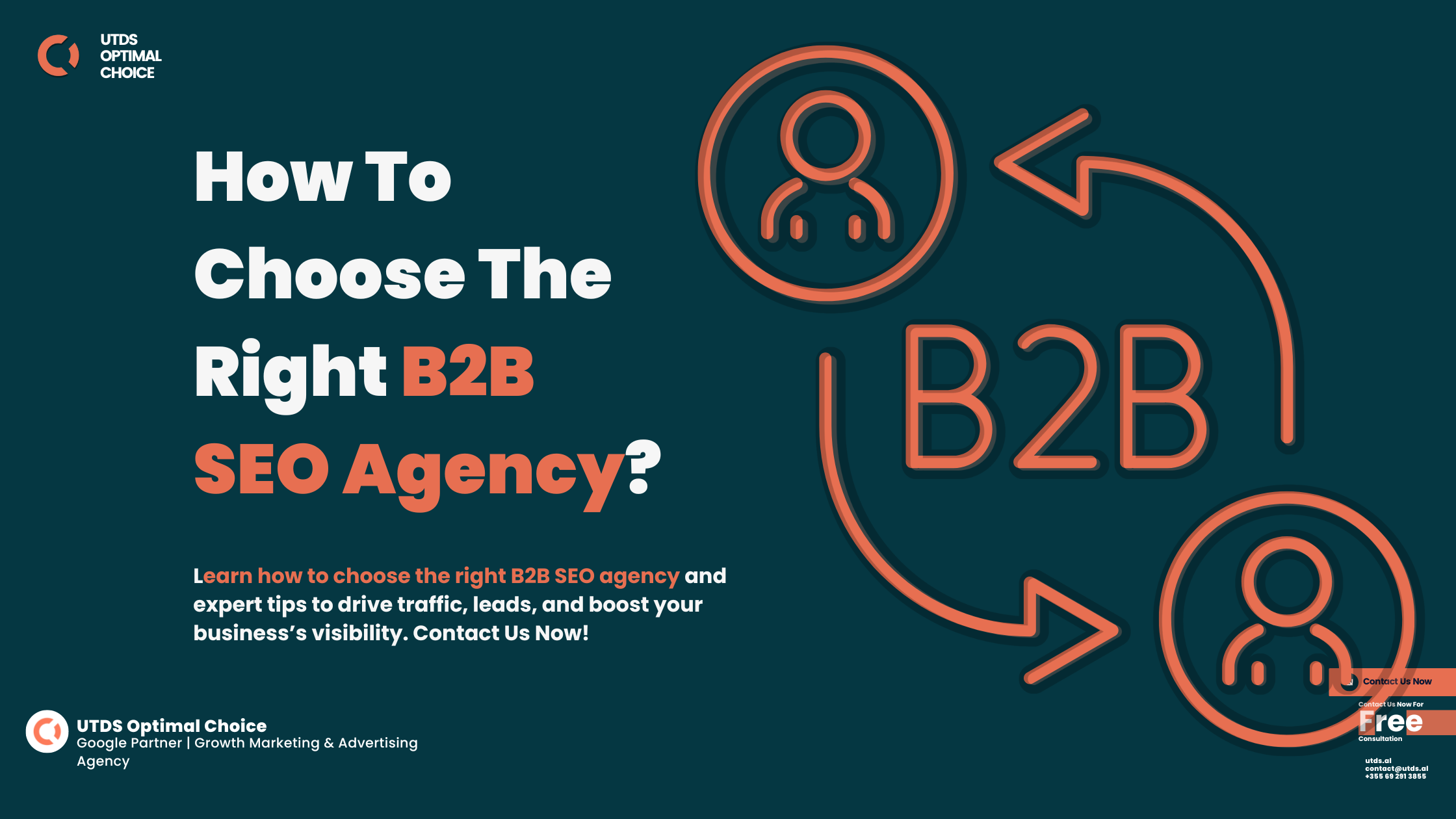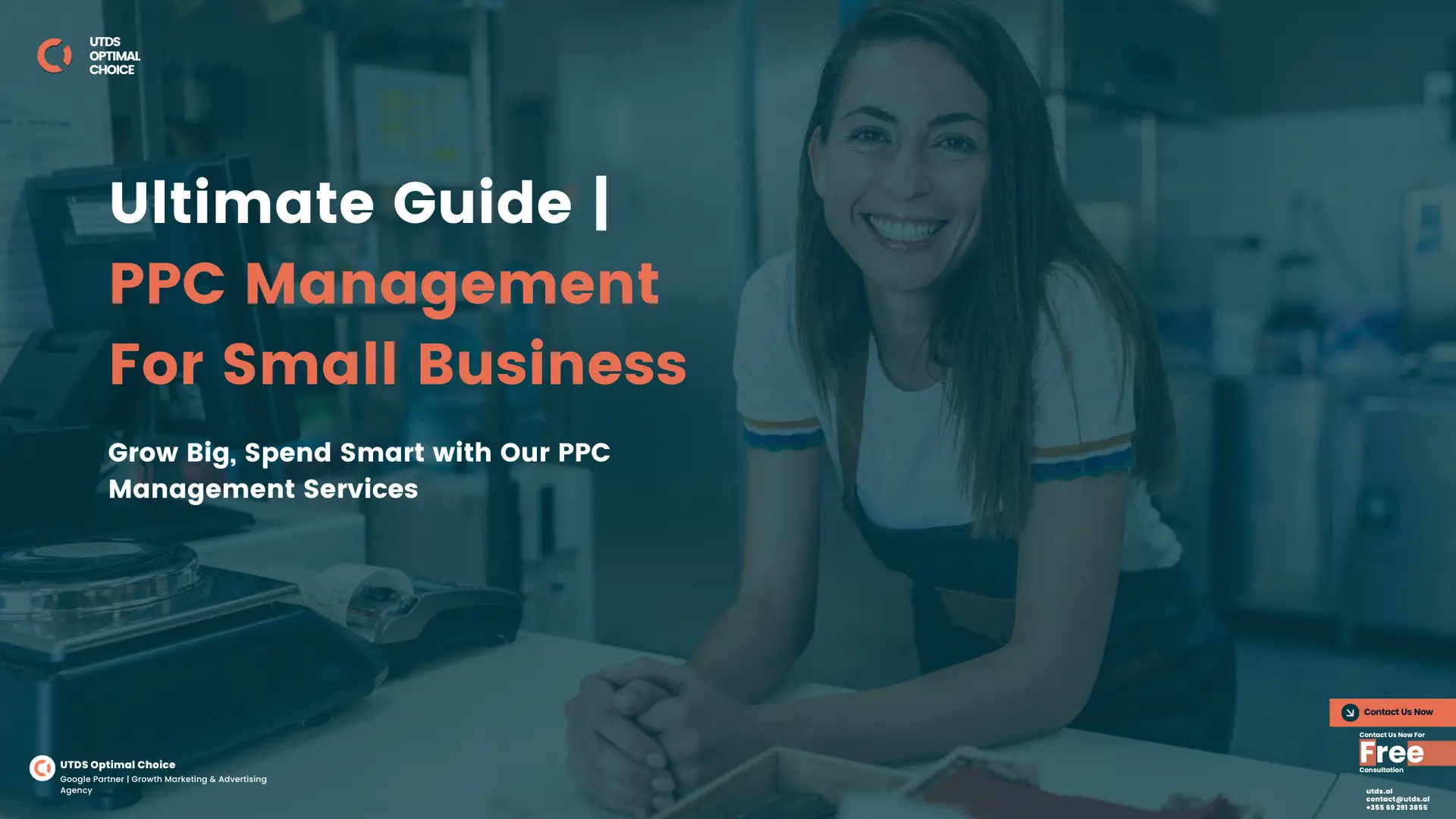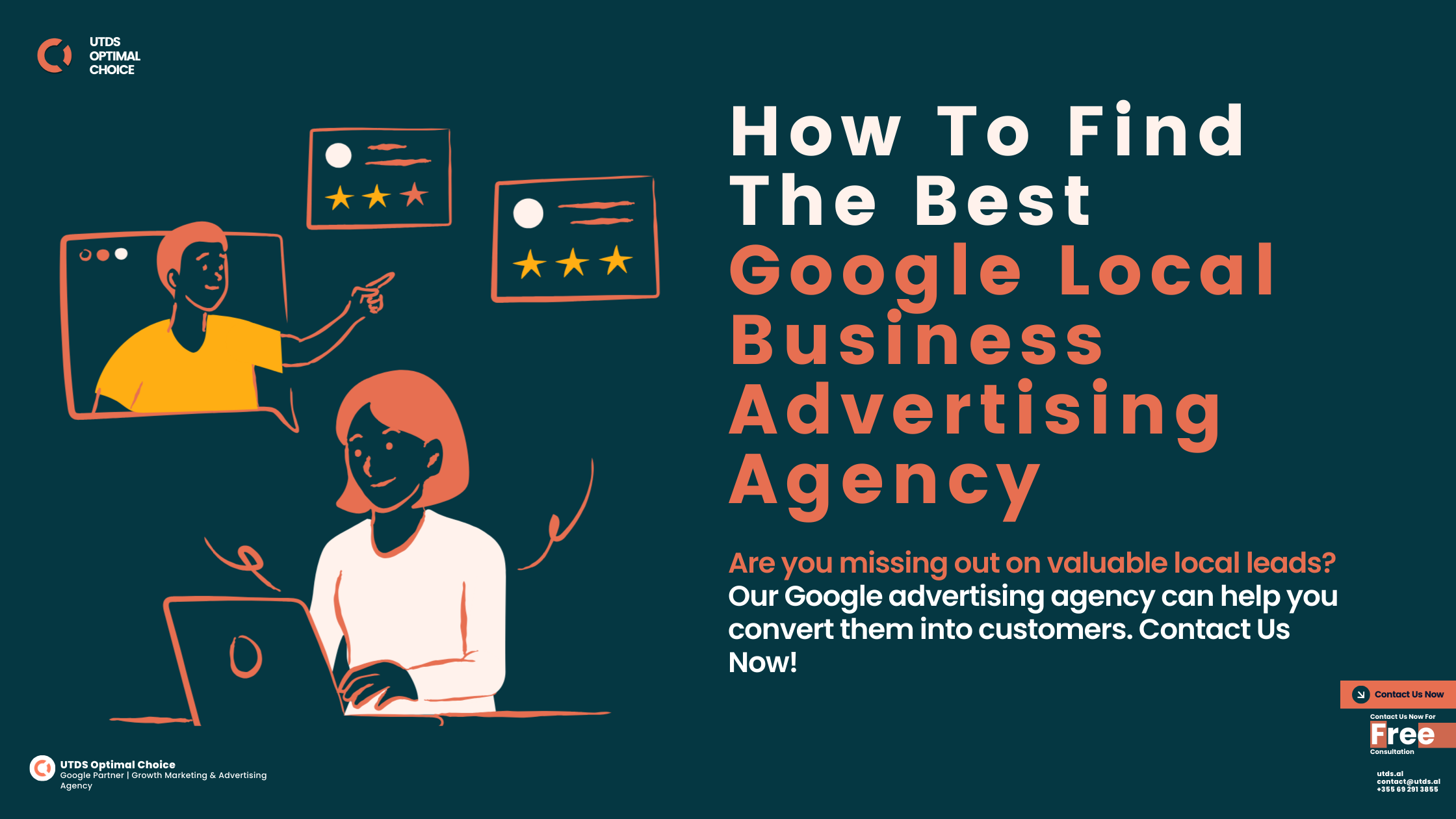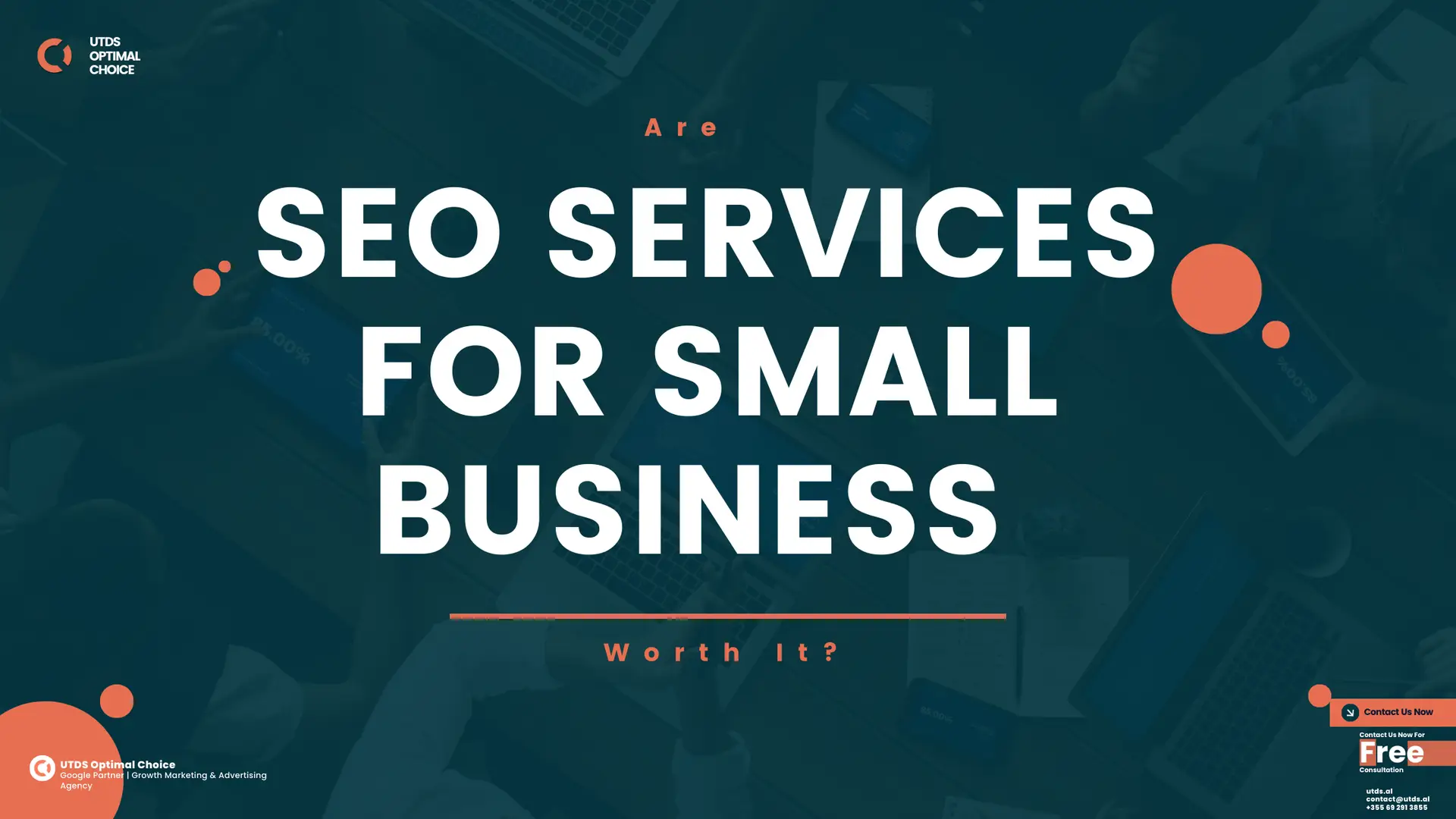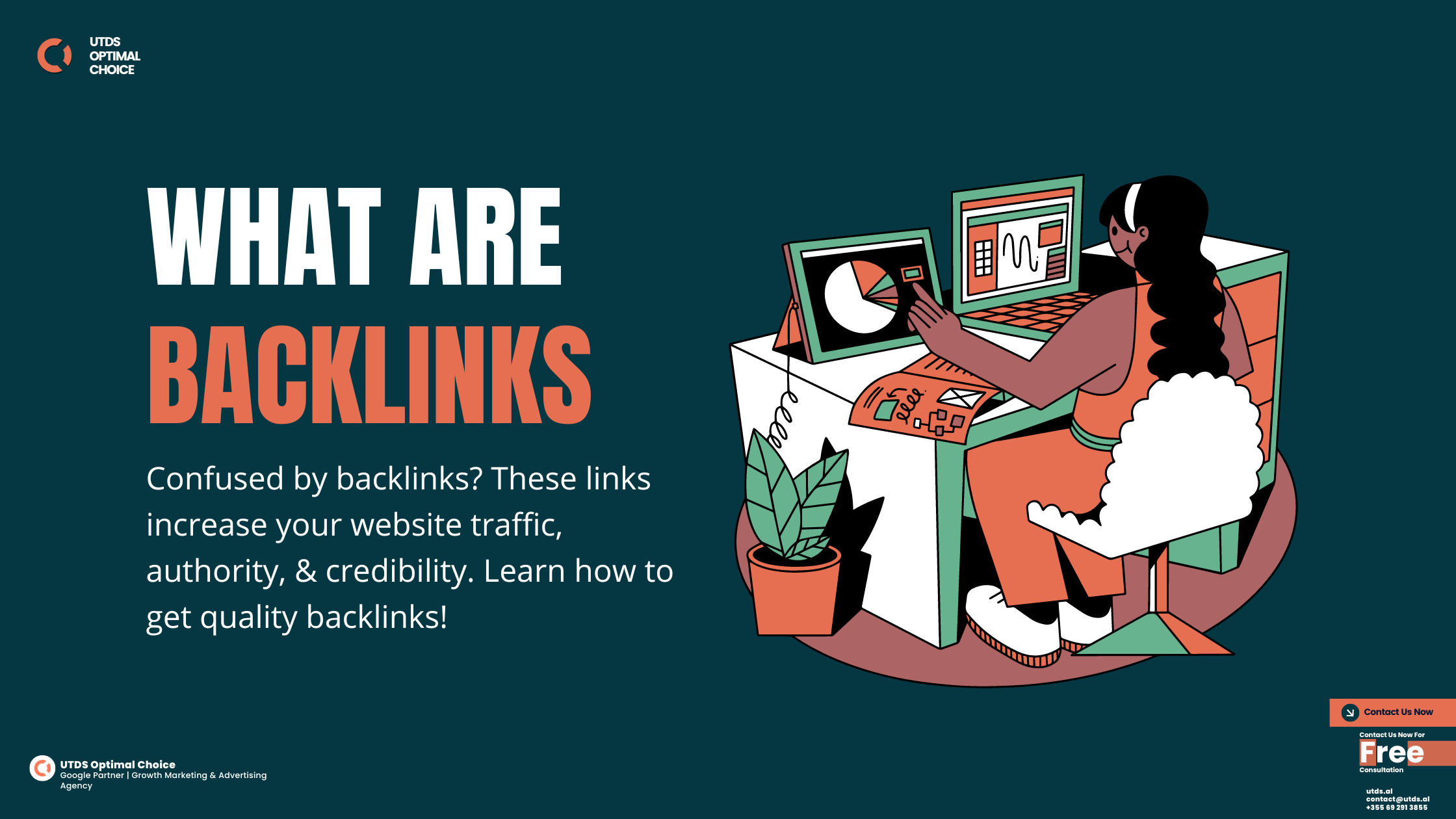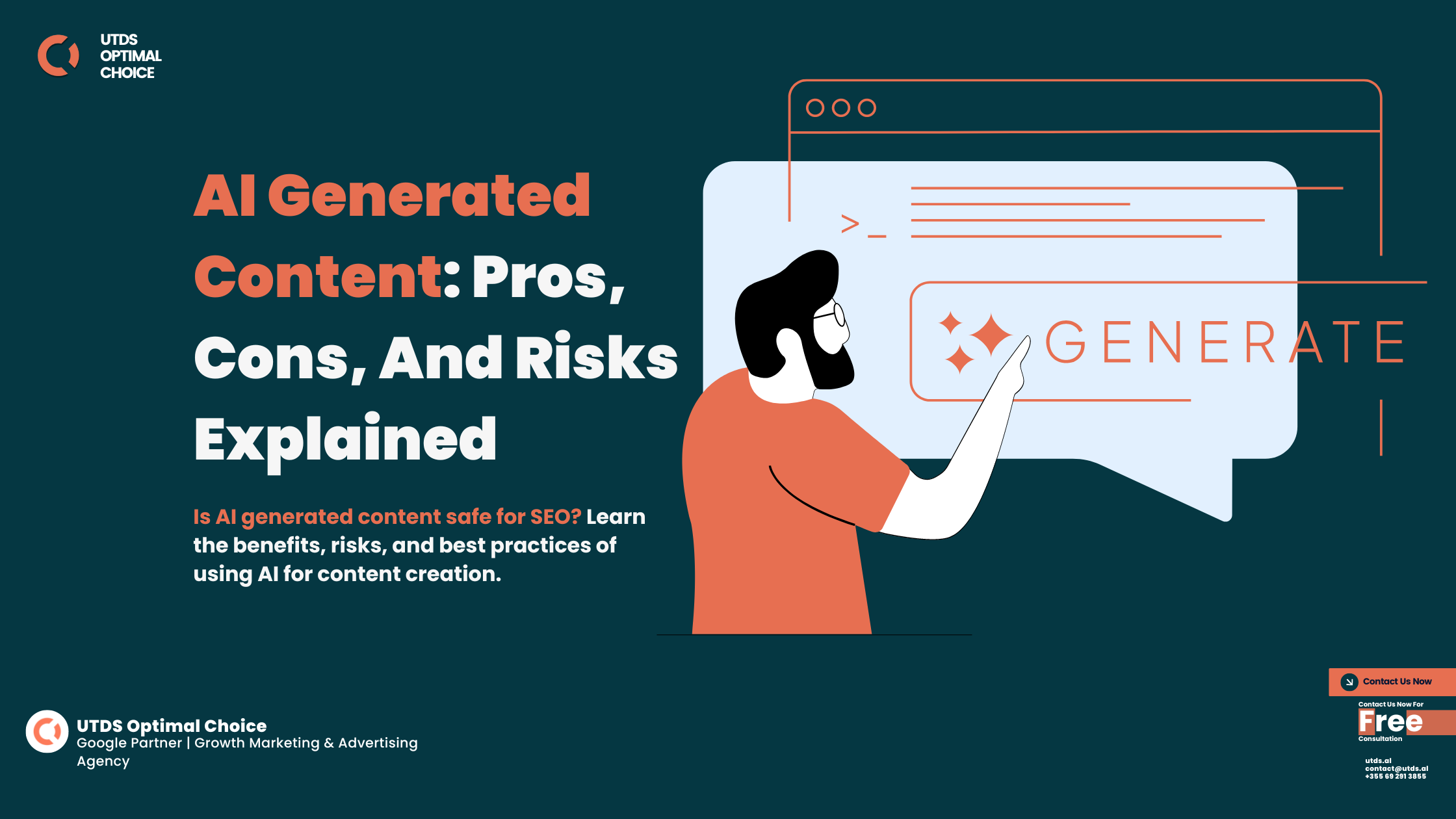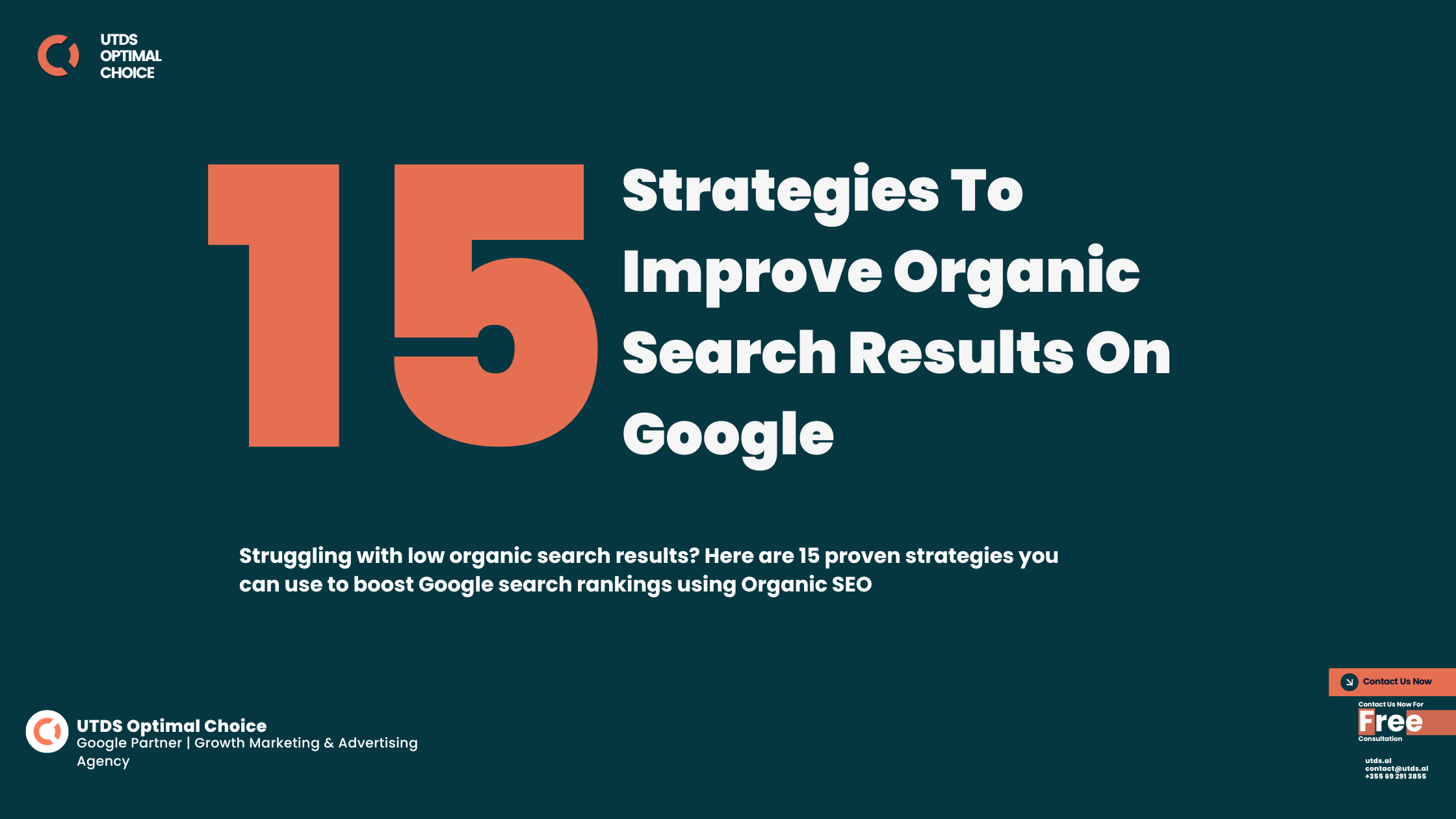Have you ever tried searching for something on Google or another search engine and ended up with a bunch of results that didn’t really match what you were looking for? It can be frustrating, right? That’s because the search engine didn’t quite understand your true “search intent” – the real reason behind your query.
Optimise Your Content for Search Intent Today. At UTDS Optimal Choice, we specialise in aligning your SEO with user intent to boost visibility and conversions. Contact us to refine your SEO strategy and meet your audience's needs effectively.
What Is Search Intent?
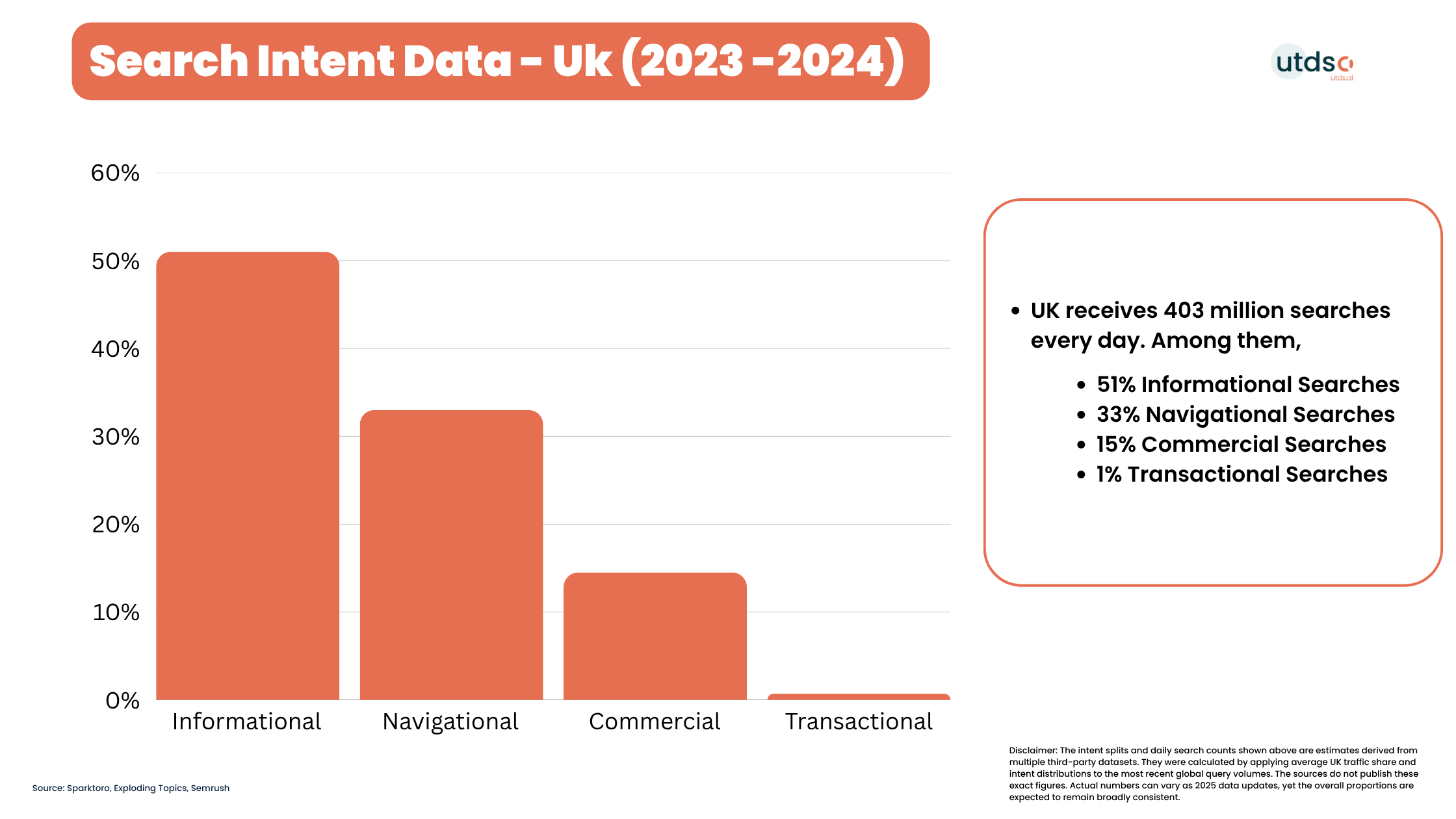
Sources;
Search intent, also known as “user intent” or “keyword intent“, refers to the underlying goal or purpose behind a person’s search query on Google, Bing, or any other search engine. When you type something into that little search box, you’re not just randomly mashing keys – you have a specific objective in mind, even if you don’t realise it consciously.
For Example: Users search for “What is___” and “How to___” is called the informational search intent, where a user is trying to learn. Similarly when a user searches for a product/service review or searches to learn more about the product or service, then it’s called preferential intent.
After 6 months of research study, Google discovered none of the users’ intent was similar nor made any sense. However, they narrowed down 3 common aspects among these users
- Learn
- Find
- Buy
Ready To Rebuild Your Site Around User Intent And Bring In Quality Leads?
Contact us today for a free consultation and start seeing real results!
For those just starting out with SEO, understanding search intent is crucial. Equipping yourself with a beginners guide to SEO will help you tailor your content to searcher needs and improve your website's ranking.
Types Of Search Intent
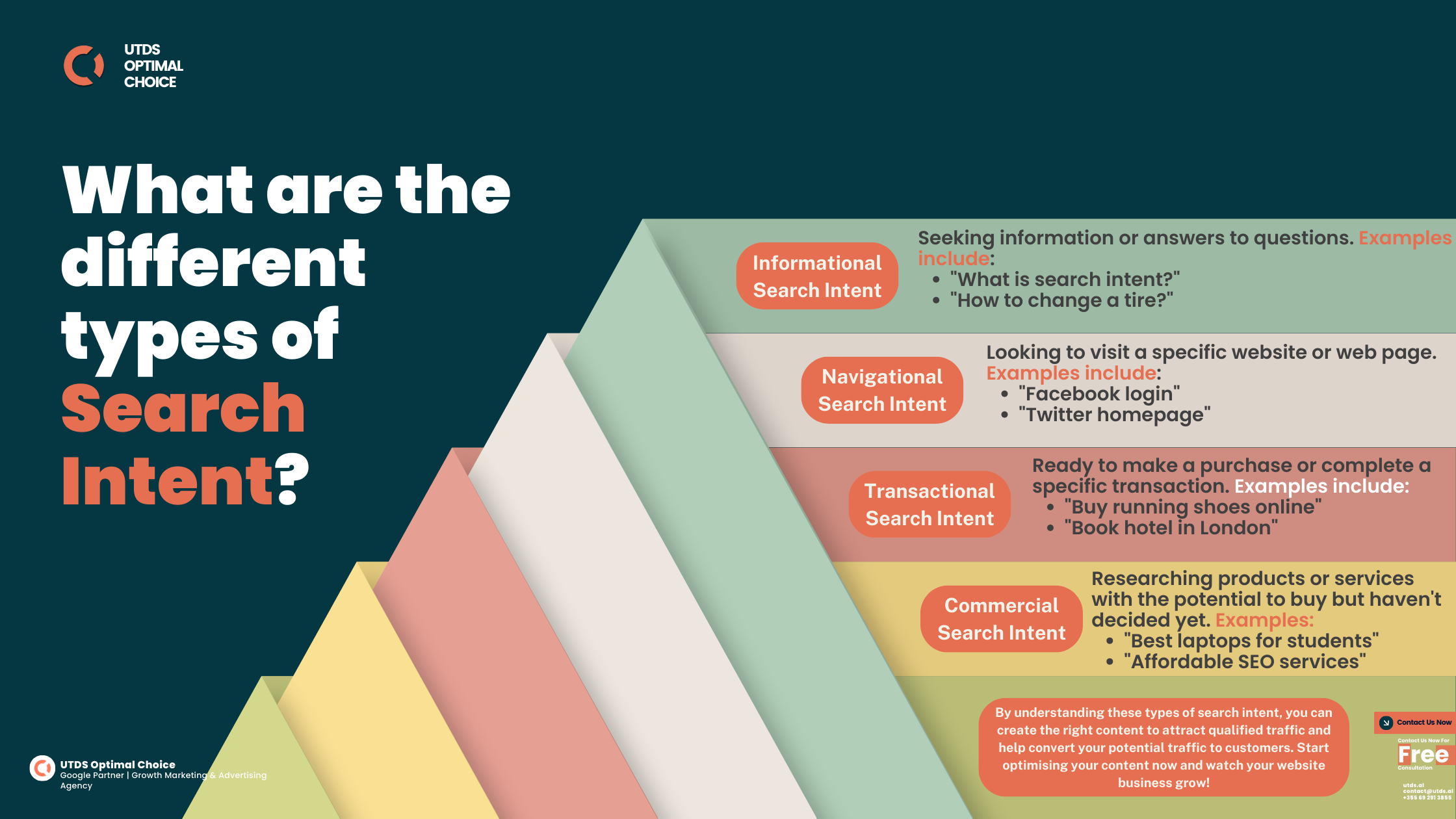
Search intent refers to the purpose behind a user’s online search. By understanding and catering to different types of search intent, UK businesses can create more effective content and improve their search engine rankings. There are four main types of search intent:
- Informational Intent
- Navigational Intent
- Transactional Intent
- Commercial Search Intent
Informational Intent
When users seek knowledge or answers to questions, they’re exhibiting informational intent. Common specific searches might include:
- “What is search intent?”
- “How to change a tyre?”
- “History of London“
- “Benefits of drinking tea”
To optimise for informational intent, focus on creating comprehensive guides, tutorials, and informative articles. Use keywords like “guide,” “tutorial,” “how-to,” and “definition” to signal the nature of your content to search engines and users alike.
For example, if you search for “what is search intent” or “how to change a tyre“, you’re demonstrating informational intent – you want to learn or find out something.
Navigational Intent
Navigational searches occur when users are looking for a specific website or web page. For Example;
- “BBC News”
- “Tesco online shopping”
- “Royal Mail tracking”
- “Barclays online banking“
To make your business rank for Navigational Intent, it’s essential to optimise your website’s structure and ensure that your branded pages are easily discoverable. Focus on clear navigation and prominent branding to help users find what they’re looking for quickly.
Transactional Intent
Users with transactional intent are ready to make a purchase or complete a specific action online. For example;
- “Buy trainers online UK”
- “Book hotel in London“
- “Order takeaway near me”
- “Subscribe to Sky Sports”
To make your website rank in the first page of SERPs for transactional intent, use commercial keywords like “buy,” “order,” “purchase,” and “book.” Optimise your product pages, include clear calls to action, and showcase trust signals such as customer reviews and secure payment options.
Commercial Search Intent
This type of intent sits between informational and transactional, where users are researching products or services but aren’t yet ready to buy. Users might search for:
- “Best laptops for students”
- “Hire an SEO Agency“
- “Top 10 smartphones 2024”
- “Reviews of hybrid cars”
To address commercial investigation intent, create comparison articles, in-depth reviews, and detailed product information. Use terms like “features,” “benefits,” “pricing,” and “ratings” to provide comprehensive information that aids decision-making.
Optimising your content for search intent doesn't have to be a guessing game. With the help of a free SEO Chrome extension, you can gain valuable insights into user behavior and tailor your content strategy accordingly.
Why Is Search Intent Important For SEO?
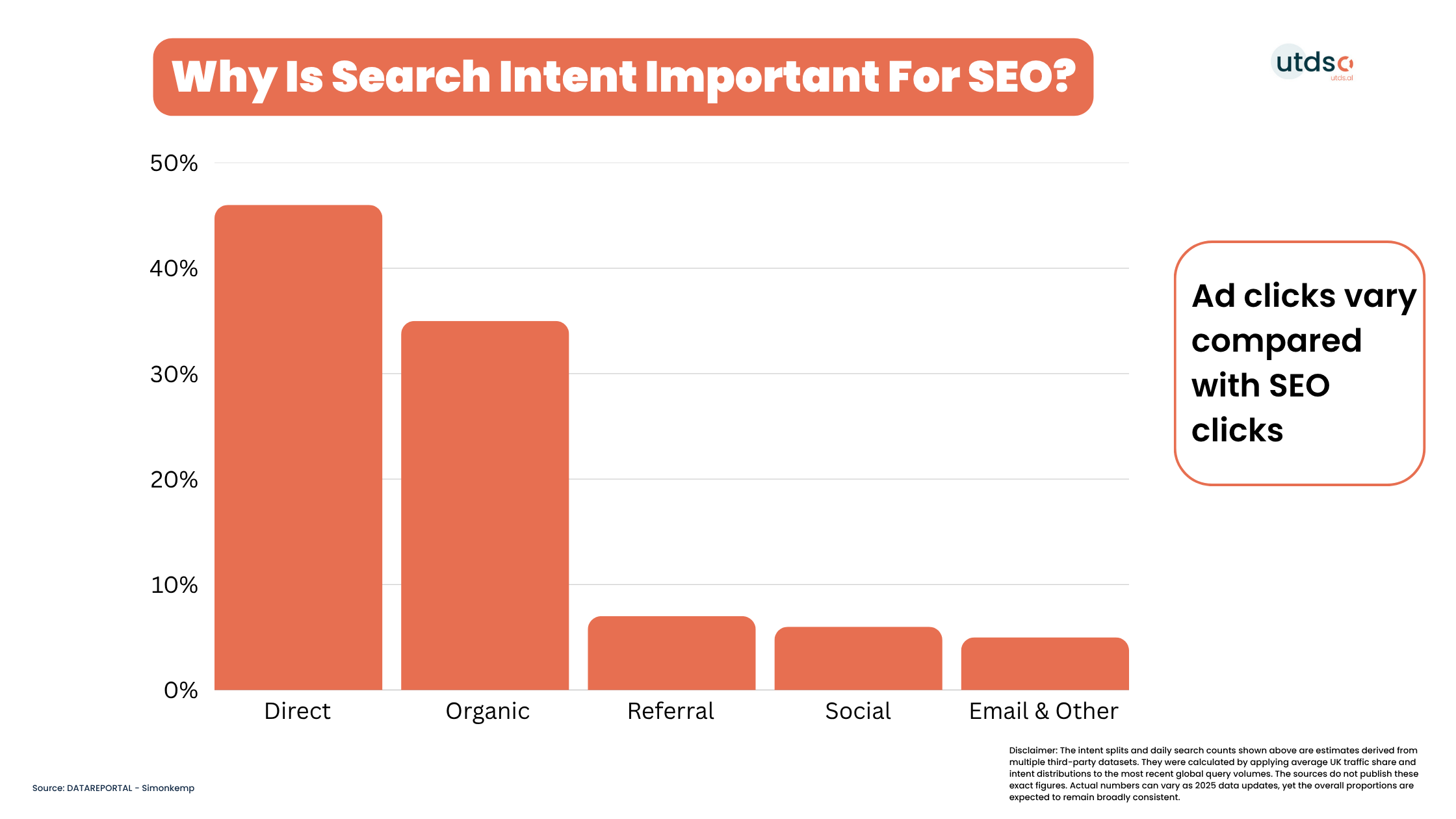
- Better Rankings: Google wants to show the most relevant results. If your content matches what people are looking for, you’re more likely to rank higher.
- More Website Traffic: When your content answers people’s questions or meets their needs, they’re more likely to click on your website.
- Higher Conversion Rates: If you understand what people want, you can give it to them. This means more sales or sign-ups for your business.
- Responsive Web Design: When visitors find what they’re looking for on your site, they’re happier and more likely to come back.
How to Use Search Intent in Your SEO Strategy
- Do Your Research: Use tools like Google Keyword Planner, Ahref or Semrush to find out what people are searching for in the UK.
- Create the Right Content: If people are looking for information, write helpful articles. If they want to buy, create great product pages.
- Use the Right Words: Include words that match the search intent. For buying, use words like “purchase” or “buy.” For information, use words like “guide” or “how-to.”
- Structure Your Site Well: Make it easy for people to find what they’re looking for. Use clear menus and helpful internal links.
- Answer Common Questions: Look at the “People Also Ask” section on Google and answer these questions on your site.
For Example
Let’s say you run a shop selling trainers in London. If someone searches for “best running trainers UK,” they’re probably not ready to buy yet. They’re doing research. So, you might create a guide comparing different trainers.
But if someone searches “buy Nike Air Max London,” they’re probably ready to make a purchase. In this case, you’d want to show them a page where they can buy Nike Air Max trainers right away.
Ready To SEO Optimise Your Site Around User Intent And Bring In Quality Leads?
Contact us today for a free consultation and start seeing real results!
While Google dominates the search engine market, Bing SEO shouldn't be ignored. By understanding search intent for both platforms, you can reach a wider audience.
How To Optimise Your Content For Search Intent
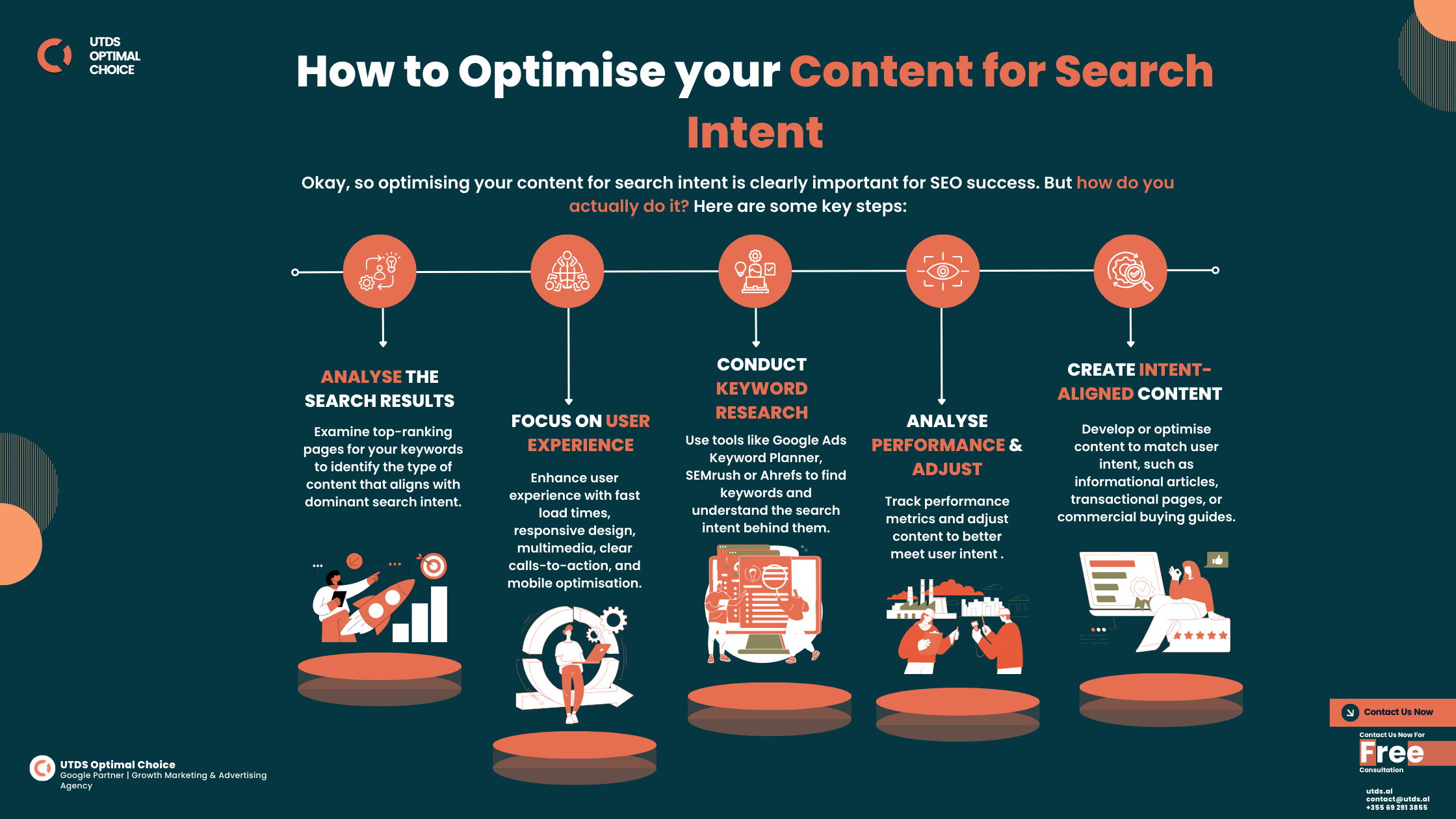
1. Check for keyword opportunities
Start by finding out what people are searching for. Use tools like Google Ads Keyword Planner or SEMrush to discover popular keywords in the UK. Look at:
- How often people search for these words
- What kind of information they’re looking for
- Which websites are already ranking well for these terms
2. Analyse Search Results
Look at the top 10 results for your target keywords. Are they mostly blog posts, product pages, or how-to guides? This tells you what kind of content Google thinks best answers that search.
3. Create the Right Content
Now that you know what people want, create content that meets their needs:
- For information seekers: Write detailed articles or guides. For example, “A Complete Guide to UK Tax Returns“
- For shoppers: Create product pages with clear descriptions and good photos. Like “Buy Premium Earl Grey Tea – Free UK Delivery“
- For researchers: Make comparison guides or reviews. Such as “Top 5 Electric Cars in the UK: 2024 Comparison“
4. Use Related Words and Topics
Google is smart. It understands that content about “football” might also mention “Premier League” or “FIFA“. Use these related words naturally in your content. This helps Google understand your content better.
5. Make Your Website Mobile First Web Design
Your content needs to be easy to read and navigate:
- Make sure your website loads quickly
- Design it to work well on mobile phones
- Use clear headings and short paragraphs
- Add images or videos to explain complex ideas
6. Help People Make Decisions
For visitors close to making a purchase:
- Show customer reviews and testimonials
- Offer detailed product information
- Create case studies of satisfied customers
- Use special offers to encourage quick decisions
7. Keep Improving
Use tools like Google Analytics to see how your content is performing:
- Which pages are getting the most visits?
- How long do people stay on your site?
- Are visitors taking the actions you want (like making purchases)?
Use this information to keep improving your content. Check our SEO Basics to Optimise your content to rank in the first page of SERPs.
For Example;
Let’s say you run a bike shop in Manchester. If someone searches “best commuter bikes UK“, they’re probably researching before buying. You could create a guide comparing different bikes, discussing features like weather resistance (important for UK weather!), and including customer reviews.
On the other hand, for a search like “buy Brompton bike Manchester“, you’d want a product page with clear pricing, delivery information, and a prominent “Buy Now” button.
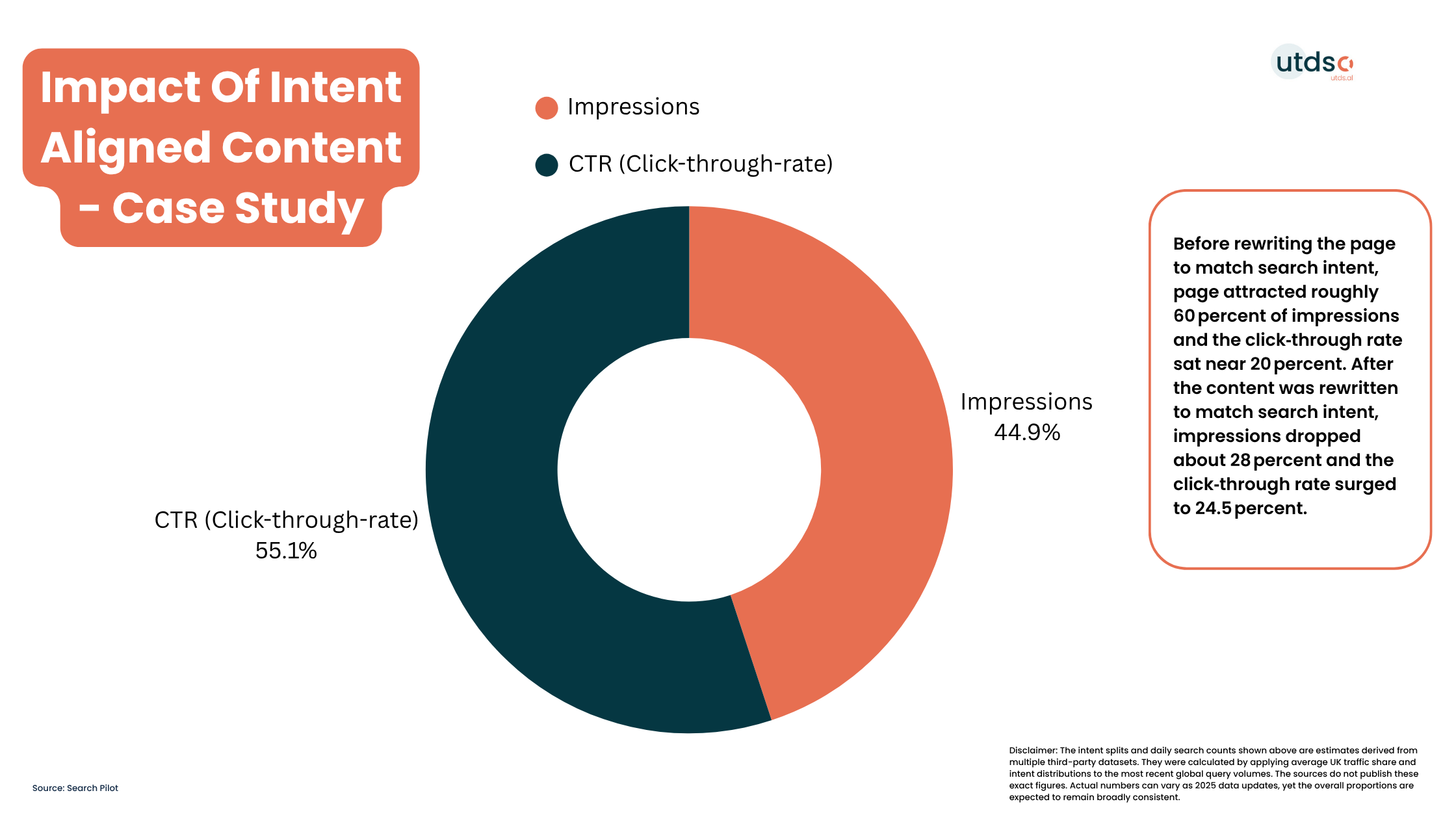
For local service businesses, search intent is crucial. Google Local Services Ads UK can connect you with users actively seeking the services you offer, maximising your chances of converting leads into customers.
What Is Keyword Intent?
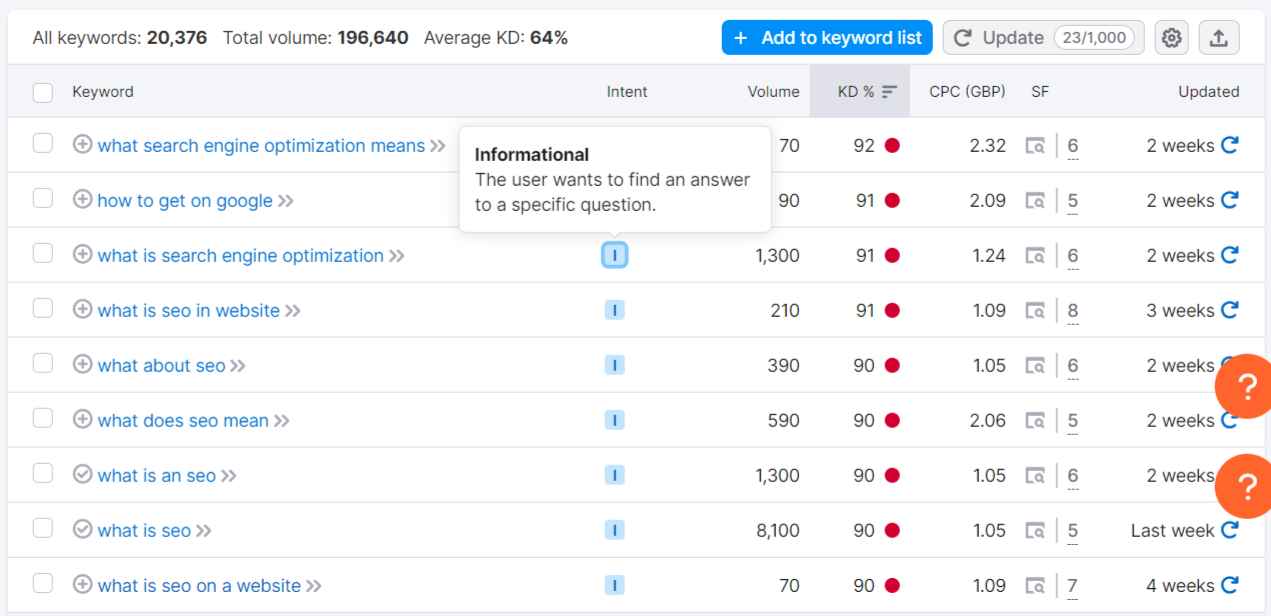
Keyword intent refers to the purpose behind a person’s online search. It’s the ‘why‘ behind the ‘what‘ they’re typing into search engines like Google. By understanding this intent, businesses can create content that precisely matches what their potential customers are looking for.
Types of Keyword Intent
There are four main types of keyword intent:
- Informational Intent: When people want to learn something.
- Examples: “How to start a business in the UK“, “What is Brexit?”, “Best tea brands in Britain”
- Content strategy: Create detailed guides, blog posts, or infographics.
- Navigational Intent: When people are looking for a specific website or page.
- Examples: “BBC iPlayer”, “Tesco online shopping”, “NHS website”
- Content strategy: Optimise your homepage and main landing pages.
- Transactional Intent: When people want to buy something.
- Examples: “Buy iPhone 16 Pro”, “Book London hotel”, “Order takeaway near me”
- Content strategy: Create product pages with clear pricing, features, and “Buy Now” buttons.
- Commercial Investigation: When people are researching before making a purchase.
- Examples: “Best CRM software for small businesses“, “iPhone vs Samsung comparison”, “Top-rated dentists in Manchester”
- Content strategy: Create comparison pages, reviews, and detailed product information.
Factors Influencing Keyword Intent
Several factors can change the intent behind a search:
- Location: A search for “football clubs” in Manchester might be looking for local teams to join, while the same search in London could be about Premier League tickets.
- Device: Someone searching “pizza delivery” on a mobile phone at 8 PM is likely ready to order, while a desktop user might be comparing options.
- Time of Search: “Pubs near me” at 7 PM on a Friday has a different intent than the same search at 11 AM on a Tuesday.
- Previous Searches: If someone has been researching “how to market a business” and then searches “company registration,” Google might assume they’re ready to take action.
- Personal Characteristics: A teenager searching for “best laptops” might be looking for gaming performance, while a business professional might prioritise portability and battery life.
Examples
- “Best restaurants in London“
- On a tourist’s mobile phone: Likely looking for highly-rated, centrally-located options.
- On a local’s desktop during work hours: Might be planning a special dinner and looking for detailed reviews.
- “Car insurance quotes”
- First-time searcher: Likely has informational intent, wanting to understand how car insurance works.
- Repeated searches over a few days: Probably has transactional intent, ready to purchase a policy.
Popular UK Searches and Related Keywords
Some of the most searched keywords in the UK and their associated intents include:
- “NHS COVID vaccine” (Informational)
- “BBC News” (Navigational)
- “Amazon UK” (Transactional)
- “Best mobile phone deals” (Commercial Investigation)
When creating content around these intents, it’s important to use related words (also known as LSI keywords) to provide context and improve relevance. For example, content about COVID vaccines might include terms like “vaccination centres“, “side effects“, and “booking appointments“.
Semantic SEO and Entities
Semantic SEO goes beyond just matching keywords; it’s about understanding the meaning behind searches. Search engines like Google use entities (people, places, things, or concepts) to understand context.
For example, if you’re writing about “afternoon tea in London“, you might mention entities like:
- Specific tea rooms (The Ritz, Claridge’s)
- Types of tea (Earl Grey, English Breakfast)
- Related concepts (scones, cucumber sandwiches)
This helps Google understand your content better and match it to relevant searches.
Bottom-of-the-Funnel Marketing
For users who are ready to make a purchase, your content should focus on helping them make that final decision. Here are some strategies:
- Create detailed product comparisons (e.g., “iPhone 16 Pro vs Samsung Galaxy S24 Ultra“)
- Include customer reviews and testimonials
- Offer special deals or promotions (e.g., “10% off for first-time customers“)
- Use clear, compelling calls-to-action (CTAs) like “Buy Now” or “Get Your Free Quote“
For example, if you’re selling laptops, your product page might include:
- A comparison table showing your laptop against competitors
- User reviews highlighting key features
- A limited-time offer for free next-day delivery
- A prominent “Add to Basket” button
Ready To SEO Optimise Your Landing Pages With User Intent And Bring In Quality Leads?
Contact us today for a free consultation and start seeing real results!
Role of Search Intent in Content Marketing
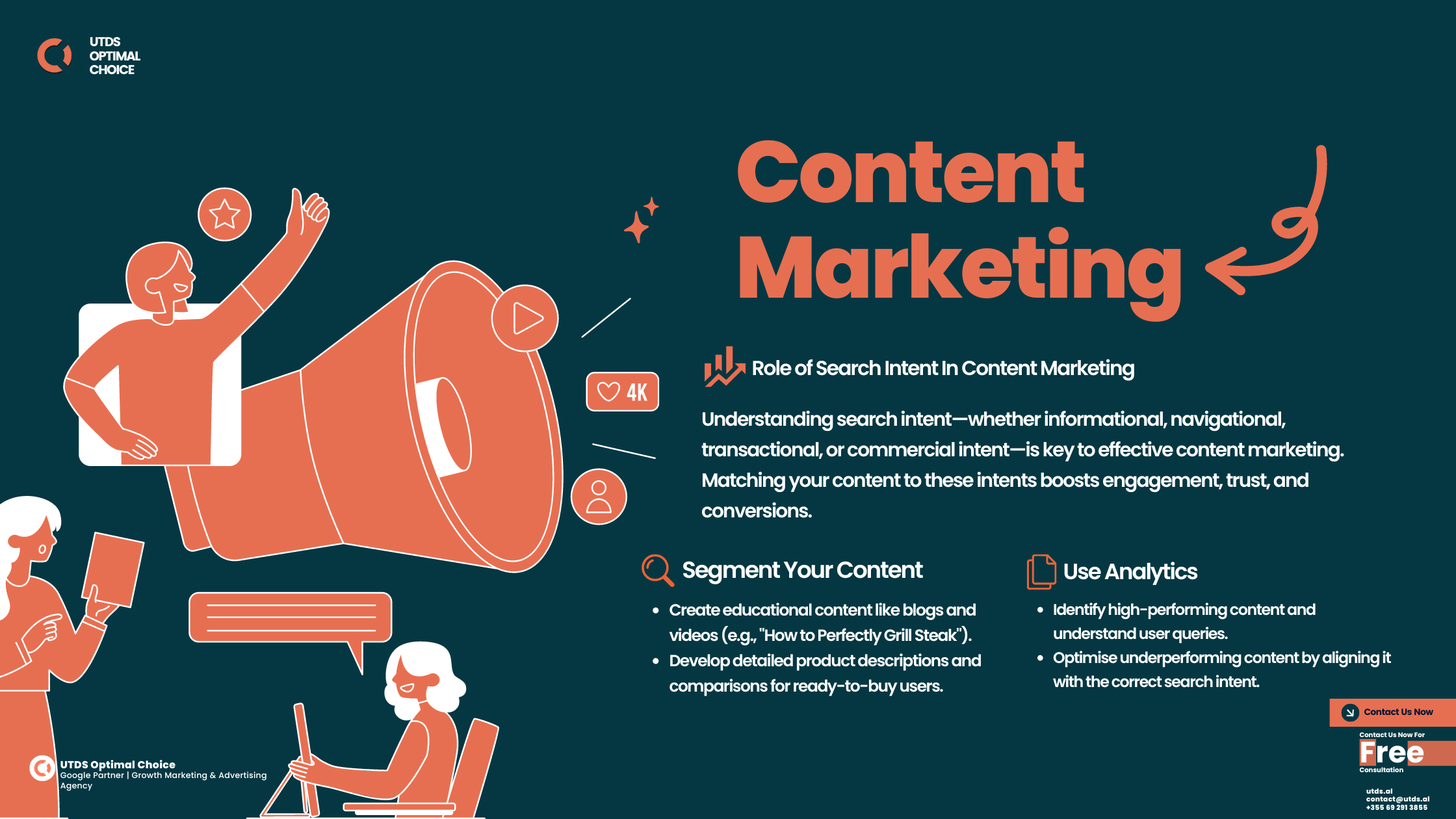
Informational Search Intent: Creating Engaging Content for Search Engine Optimisation
When people seek information, they want helpful, easy-to-understand content. Here’s how to cater to this intent:
- Write in-depth blog posts and articles:
- Example topics: “How to Create the Perfect British Garden” or “Top 10 Plants for UK Weather”
- Use semantic SEO by including related terms like “horticulture,” “landscaping,” and “garden maintenance”
- Produce engaging video tutorials:
- Show how to use your products or offer expert tips
- Optimise video titles and descriptions with relevant keywords
- Create informative infographics:
- Visualise data or processes related to your industry
- Share on social media platforms like Pinterest for increased visibility
Pro Tip: Use a mix of content types to appeal to different learning styles and preferences.
Navigational Search Intent: Building Your Brand Presence
When people search for your brand, ensure they find exactly what they’re looking for:
- Develop comprehensive ‘About Us’ pages:
- Share your company’s story, values, and unique selling points
- Include keywords like “[Your Brand Name] UK” and “About [Your Brand]”
- Optimise your website structure:
- Ensure easy navigation to product pages, contact information, and physical shop locations
- Use clear, descriptive menu labels and internal links. Are you looking to boost your hotel presence in UK? Check our guide to SEO For Hotels
- Create brand-focused content:
- Develop a company blog highlighting your expertise and industry insights
- Share customer success stories and case studies
Remember: Consistency in branding across all platforms helps reinforce your identity.
Transactional Search Intent: Converting Visitors into Customers
For searchers ready to buy, make the process as smooth as possible:
- Design detailed, mobile friendly website:
- Include clear descriptions, high-quality photos, and transparent pricing
- Use transactional keywords like “buy,” “order,” or “book” (e.g., “Buy premium BBQ grills UK” or “Order garden furniture online”)
- Implement customer reviews and ratings:
- Showcase authentic feedback from UK customers
- Respond to reviews to demonstrate excellent customer service
- Create compelling landing pages:
- Design pages for specific products or promotional campaigns
- Use strong calls-to-action (CTAs) like “Shop Now” or “Get Your 20% Discount”
Boost Conversions: Offer multiple payment options and clearly state your shipping and return policies.
Commercial Investigation Search Intent: Guiding Decision-Making
For those comparing options before buying, provide comprehensive information:
- Develop in-depth comparison guides:
- Example: “Best Lawnmowers for Small Gardens: A UK Buyer’s Guide“
- Include pros and cons, detailed features, and pricing information
- Showcase customer testimonials and case studies:
- Share real success stories from UK customers
- Use video testimonials for added authenticity
- Create ‘Best of’ lists and reviews:
- Example: “Top 10 Garden Sheds for British Weather” or “Best Selling Garden Tools of 2024“
- Use phrases like “best,” “top-rated,” or “comparison” in your titles and headers
Expert Advice: Regularly update your comparison content to ensure it remains relevant and accurate. Do you own a Real Estate company in UK? Are you a Real Estate agent? Here is our short guide about Real Estate SEO to help you drive the valid leads and traffic to your business.
Promoting Your Content Effectively
Creating great content is just the beginning. Here’s how to ensure it reaches your target audience:
- Use social media:
- Share your content on platforms like Facebook, Instagram, and Pinterest
- Use hashtags relevant to UK gardening and home improvement
- Implement email marketing:
- Send regular newsletters with new blog posts, product updates, and exclusive offers
- Segment your email list based on user preferences and behaviour
- Optimise for search engines:
- Use tools like Google Keyword Planner to find popular UK search terms
- Incorporate these keywords naturally into your content, meta descriptions, and headers
Measure Success: Use analytics tools to track content performance and adjust your strategy accordingly.
Converting Visitors into Loyal Customers
Once you’ve attracted visitors, encourage them to become customers:
- Implement retargeting campaigns:
- Show targeted pay per click ads to people who’ve visited your website but didn’t make a purchase
- Offer special promotions to incentivise their return
- Provide personalised experiences:
- Use data to recommend products based on browsing history
- Offer tailored discounts to first-time buyers or for large orders
- Offer exceptional customer support:
- Provide quick assistance through live chat, phone support, or social media
- Create a comprehensive FAQ section to address common queries
Build Relationships: Focus on creating long-term customer relationships, not just one-time sales.
Relationship Between Search Intent And Ads
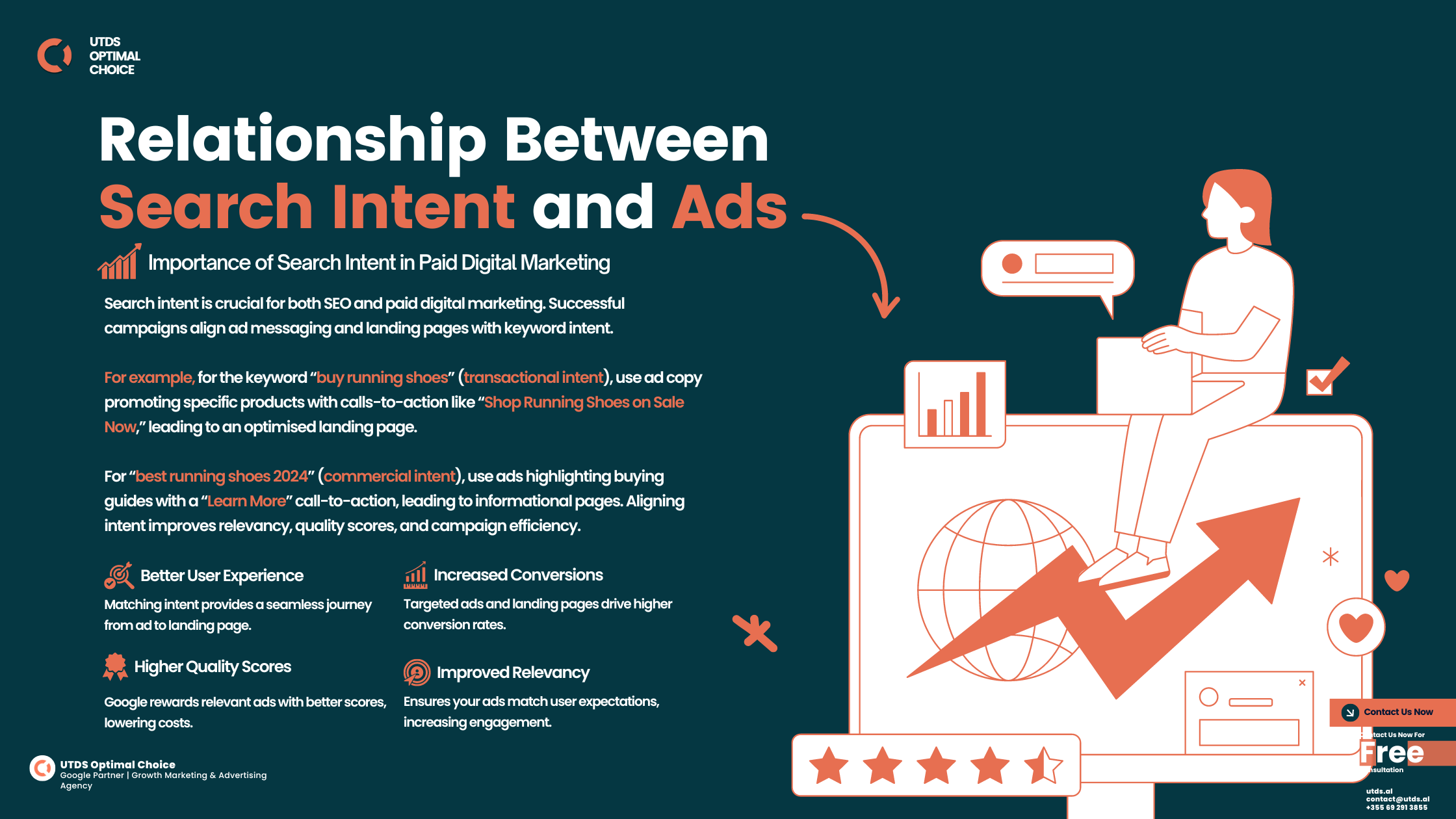
| Search Intent | Example Keywords | Ad Messaging | Landing Page Experience | SEO Techniques |
|---|---|---|---|---|
| Transactional Intent | buy running shoes, purchase sneakers | Shop Running Shoes on Sale Now | Product or Service page optimised for conversions | Use LSI keywords like "buy athletic shoes", Semantic SEO to highlight product benefits, Entities related to brands and shoe types |
| Commercial Intent | best running shoes 2024, top running shoes | Discover the Best Running Shoes of 2024 | Informational landing page with a buying guide, then guide to product pages | Include most searched queries like "top rated running shoes", LSI keywords like "running shoe reviews", Semantic SEO for product comparisons, Entities like shoe brands and review sources |
| Navigational Intent | Nike running shoes, Adidas running shoes store locator | Find Your Nearest Nike Store | Store locator page with directions and contact info | Use Entities related to store locations, Semantic SEO for location-based search terms |
| Informational Intent | how to choose running shoes, benefits of running shoes | Learn How to Choose the Best Running Shoes | Detailed blog post or guide with tips and advice | Incorporate LSI keywords like "running shoe guide", Semantic SEO to cover various aspects of choosing shoes, Entities related to shoe features and benefits |
Search intent is not only crucial for SEO, but it’s also a key concept in PPC advertising like Google Ads, Microsoft Ads, and others. Successful paid campaigns align ad messaging and landing page experiences with the intent behind each keyword.
For instance, if you bid on the keyword “buy running shoes” which has clear transactional intent, you’d want your ad copy to promote a specific shoe product or lineup, with a call-to-action like “Shop Running Shoes on Sale Now.” The corresponding landing page should be an e-commerce product page optimised for conversions.
But if you targeted the keyword “best running shoes 2024” which likely has more commercial intent, your ppc ads and landing pages would need a different funnel approach. Your ad could highlight a buying guide or article featuring your top recommended shoes, with a “Learn More” call-to-action that sends users to an informational landing page first before guiding them to purchase.
Google and other ad platforms look at intent signals across keywords, ad text, landing pages, and more to determine relevancy. Mismatched combinations of ad and post-click experience won’t satisfy intent well and will lead to poor quality scores, high costs, and wasted spend. Always view your ppc ad campaigns through that intent lens.
Ready to generate more leads for free? Explore these effective GMB tactics you can implement right away to increase leads from GMB
Relationship Between Search Intent And User Experience
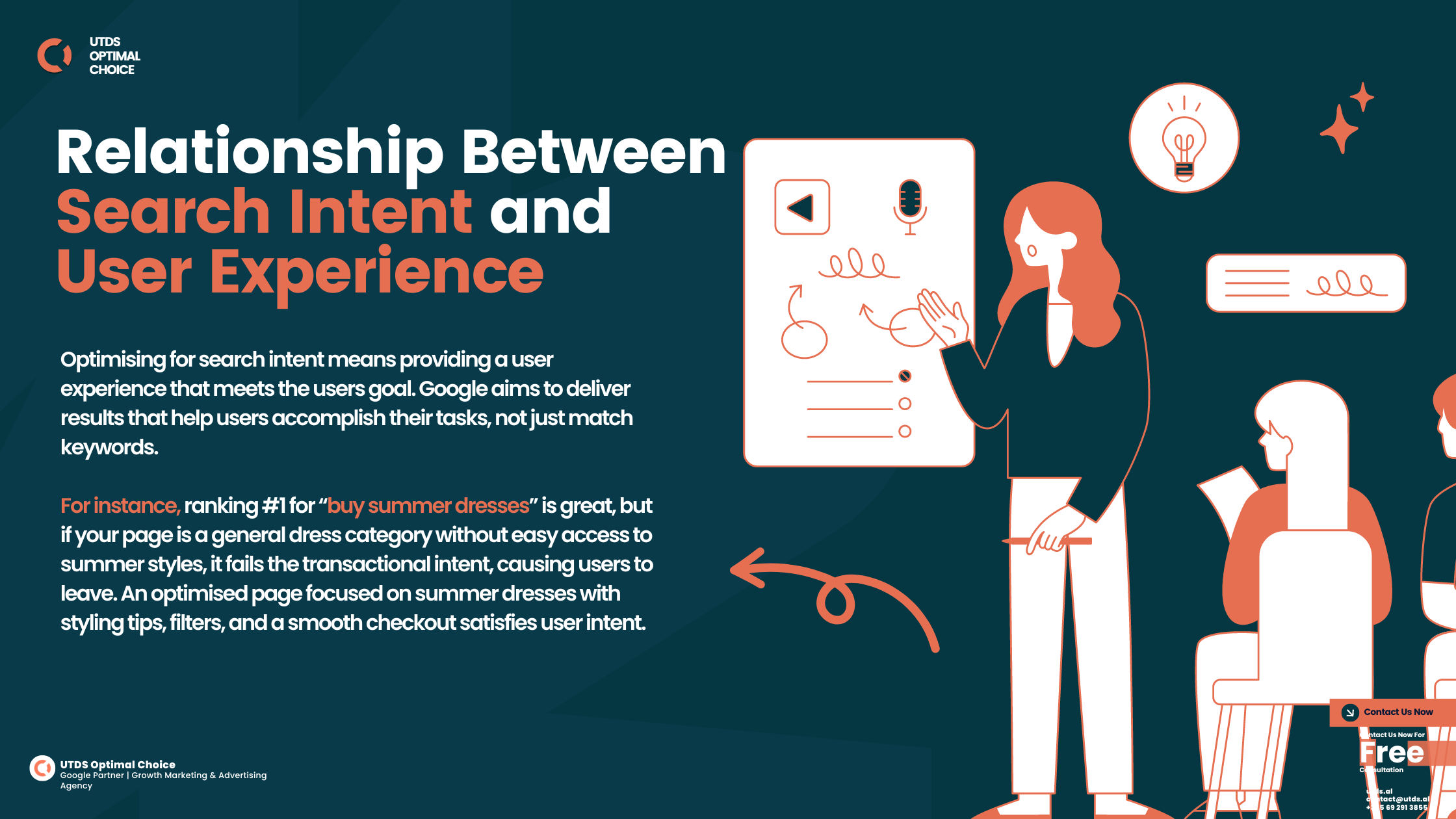
At its core, optimising for search intent is about providing the best possible user experience to satisfy whatever the searcher’s goal may be. Search engines like Google want to deliver results that are not only relevantly matched by keywords, but truly helpful in allowing people to accomplish their intended task successfully.
This means your focus can’t just be on getting visitors to your website through Search Engine Optimisation (SEO). You need to make sure the experience once they arrive meets their expectations and aligns with their specific search intent.
For example, let’s say you run an online clothing store and you manage to rank #1 for the keyword “buy summer dresses.” That’s great from an SEO perspective in terms of visibility. However, if the content and user experience on your top ranking page is just a broad category page listing, where every type of dress appears without the ability to easily find and purchase summery styles, it fails to satisfy the transactional search intent behind that query. Users will quickly bounce, telling Google that result wasn’t truly relevant.
On the other hand, if that #1 ranking page is an optimised category or product listing page specifically focused on summer dress offerings, styling suggestions, easy-to-use filters, a streamlined checkout process and other conversion optimisations, you’re properly catering to the transactional intent. This keeps users engaged and satisfied, which Google will interpret as successfully matching intent.
No matter how impressive your SEO is in driving traffic, you won’t be able to maintain rankings and visibility for key terms if the actual experience fails to live up to the promised intent. Search engines are increasingly using exotic user experience signals like:
- Bounce rates
- Dwell time/Session duration
- Conversion rates
- Complementing behavior (like making a purchase or account signup)
…to evaluate whether a visitor’s goal was truly satisfied after finding your content through search. If user signals indicate dissatisfaction and inability to complete their intended task, your hard-earned search visibility will erode over time.
Meeting users expectations isn’t just about general usability and aesthetics, but ensuring the right components and conversion paths are in place to let them accomplish their specific goal – whether that’s making a purchase, getting an informational query answered in-depth, easily navigating to another website, or whatever the dominant intent may be.
Ready To Rebuild Your Site Around User Intent And Bring In Quality Leads?
Contact us today for a free consultation and start seeing real results!
Search Intent Optimisation Across The Customer Journey
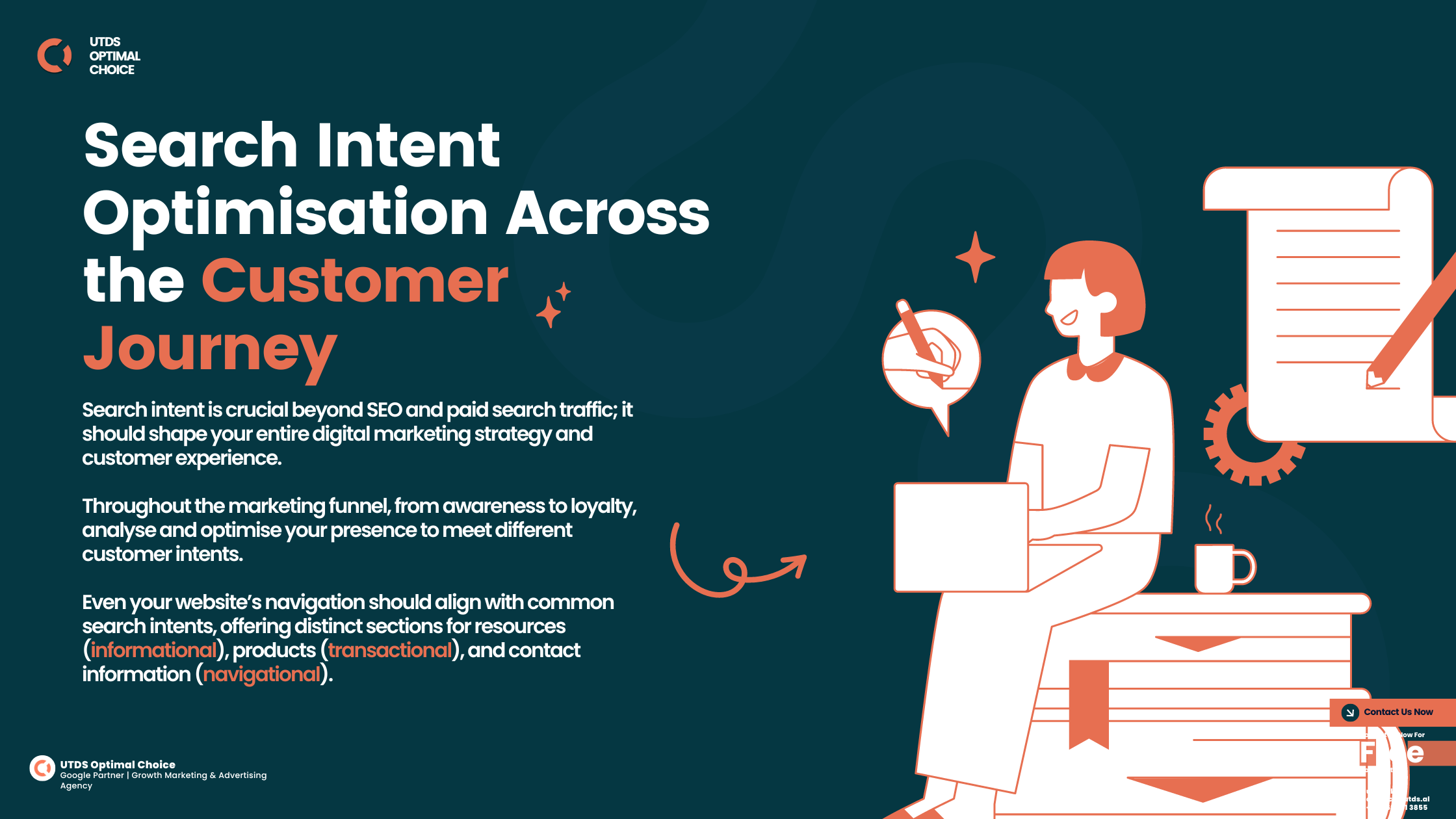
Search intent impacts much more than just optimising individual web pages for SEO and ppc campaign traffic. It’s a critical concept to embrace across your entire digital marketing strategy and customer experience.
At each stage of the marketing funnel, from initial awareness all the way through repeat purchases and loyalty, you should analyse and optimise your cross-channel presence to ensure you’re accounting for different customer intents along their journey.
For example, in the awareness and consideration phases, you’ll want content and messaging focused on addressing informational needs like:
- Educational blog posts and videos
- Thought leadership content
- Product comparisons and reviews
While in later stages like purchase decision and retention, your efforts should shift to facilitating transactional, branded and customer support intents through experiences like:
- Optimised product pages and checkout flows
- Account management and customer service functionality
- Loyalty programs and upsell/cross-sell paths
Even something as simple as your website’s main navigation menu should map to common search intents, with distinct sections for blog/resources (informational), product catalog (transactional), about/contact (navigational), etc.
Internal linking is another powerful method for on page SEO that can be leveraged to connect your content to relevant pages that address different aspects of search intent. This improves user experience, helps search engines understand your website's structure, and can even contribute to reducing bounce rates
Optimising For Intent On Social Media
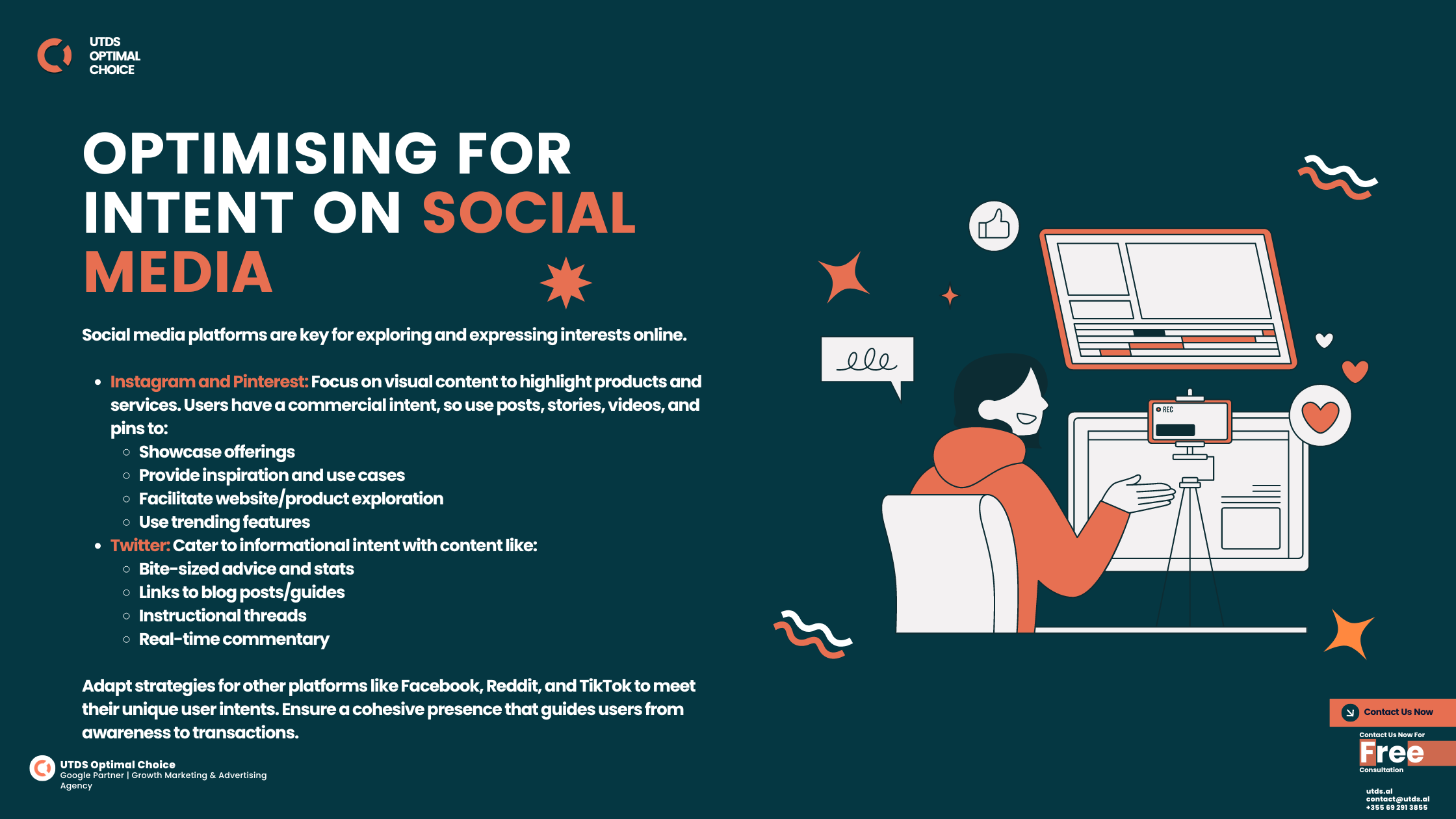
Social media marketing play an increasingly important role in how people explore and express their interests, needs and intents online. Smart marketers ensure their social strategy aligns with common intents on each channel:
For example, on visual discovery platforms like Instagram and Pinterest, your content should spotlight your products/services through engaging images and videos. Users are in more of a commercial intent and potential transactional mindset when browsing these apps.
Your Instagram posts, stories, IGTV videos, Pinterest Idea Pins and boards should all work towards moving people further down the funnel by:
- Showcasing your offerings
- Providing use cases and inspiration
- Facilitating easy exploration of your website/products
- Utilising the platforms’ e-commerce and shopping features
In contrast, a platform like Twitter tends to cater more towards informational and thought leadership content. Users flock to Twitter to discover breaking news, insights from influencers, tips/advice and up-to-the-minute information.
So for Twitter, your intent optimisation goals should focus on establishing yourself and your brand as a trustworthy, authoritative source of helpful knowledge. Effective Twitter content formats include:
- Bite-sized advice and stats
- Linking to long-form blog posts/guides
- Instructional threads and hilos
- Quick tips and hacks
- Commentary on real-time trends
Similarly, channels like Facebook groups, Reddit communities and even TikTok require nuanced strategies tuned to those platforms’ norms and what users are looking to consume.
Ultimately, you want a cohesive presence that guides people through a singular experience as their intents evolve across touchpoints – from online communities for awareness and information to your core website for deeper exploration and transactions.
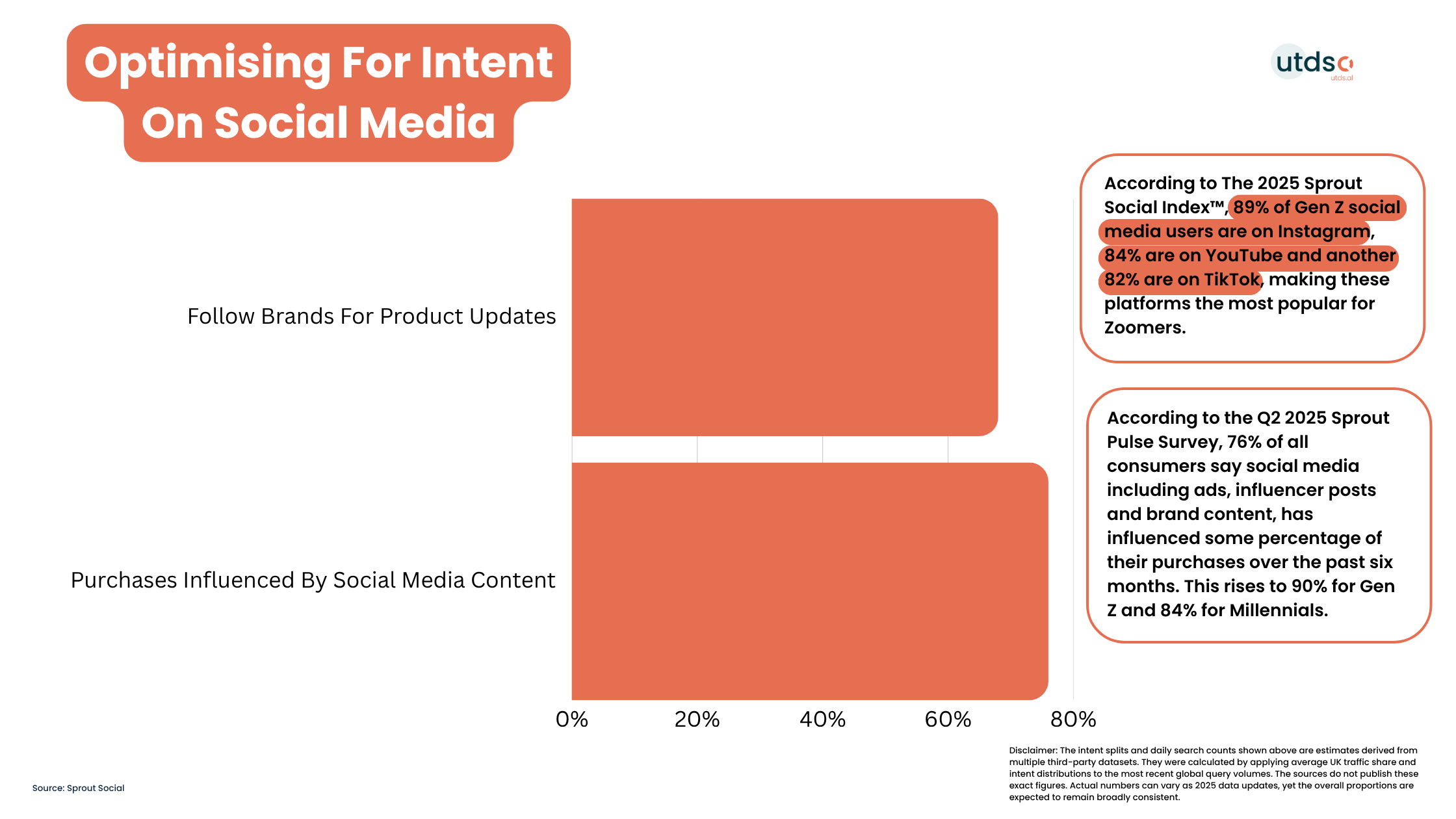
Turn website visitors into paying customers with the help of search intent and facebook ads tips! By understanding what users are searching for before they visit your site, you can craft targeted Facebook Ads that speak directly to their needs and buying intent.
Search Intent For B2B And Enterprise Marketing
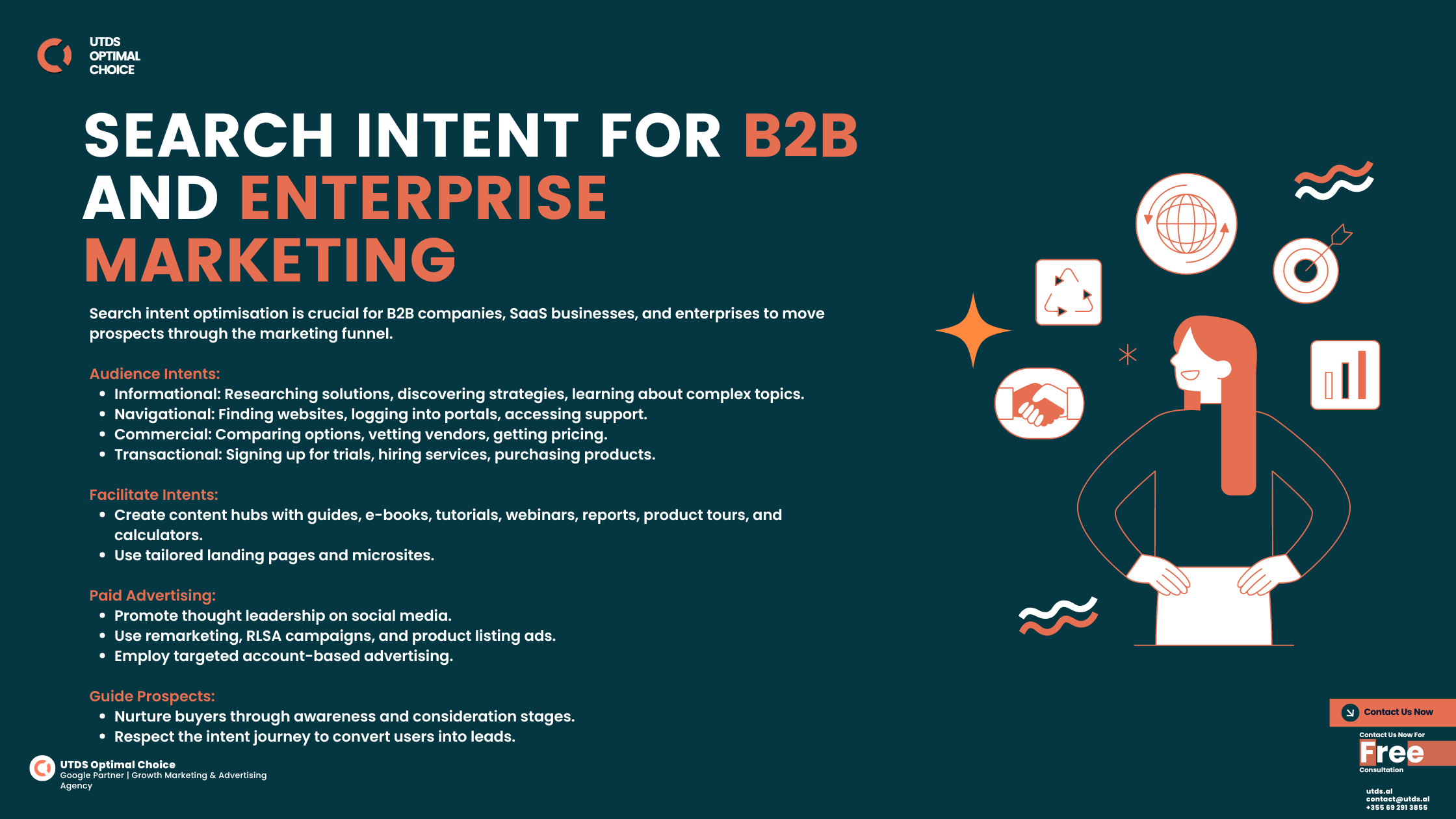
Thus far, we’ve discussed search intent optimisation primarily through a B2C retail/e-commerce lens. But the same core principles apply for B2B companies, SaaS businesses, enterprises, and any organisation trying to be found online and move prospects through a marketing funnel.
For these types of businesses, your prospective audience’s intents may look something like this:
Informational Intent
- Researching solutions for workplace challenges
- Discovering new strategies and best practices
- Learning about complex topics like cloud computing, cybersecurity, etc.
Navigation Intent
- Finding a particular company’s website or product info
- Logging into a SaaS application or client portal
- Accessing support or customer service channels
Commercial Intent
- Comparing different software/product options
- Vetting potential vendors, agencies or consultants
- Getting pricing details and evaluating costs
Transactional Intent
- Signing up for a free trial or paid subscription
- Hiring a service provider or consulting firm
- Purchasing an enterprise product or annual license
For B2B companies, facilitating these intents means creating robust content hubs with resources like:
- In-depth guides and e-books
- Tutorial videos and webinars
- Industry reports and original research
- Product tours and demos
- ROI and TCO calculators
You’ll also want landing pages and microsites tailored to key use cases, solutions and audience segments that map to specialised goals and inquiries.
Paid advertising often plays a major role in capturing B2B demand at different intent stages through vehicles like:
- Social media promotion of thought leadership content
- Remarketing and RLSA campaigns
- Product listing ads on search engines
- Targeted account-based advertising
Throughout the entire experience, your content and UX must coherently progress to answer each emerging question and guide users towards becoming sales-qualified leads.
That may involve nurturing prospective buyers through multiple awareness and consideration touch points before ever asking for the “transaction” of scheduling a sales call or demo. Understanding and respecting the intent
journey is key.
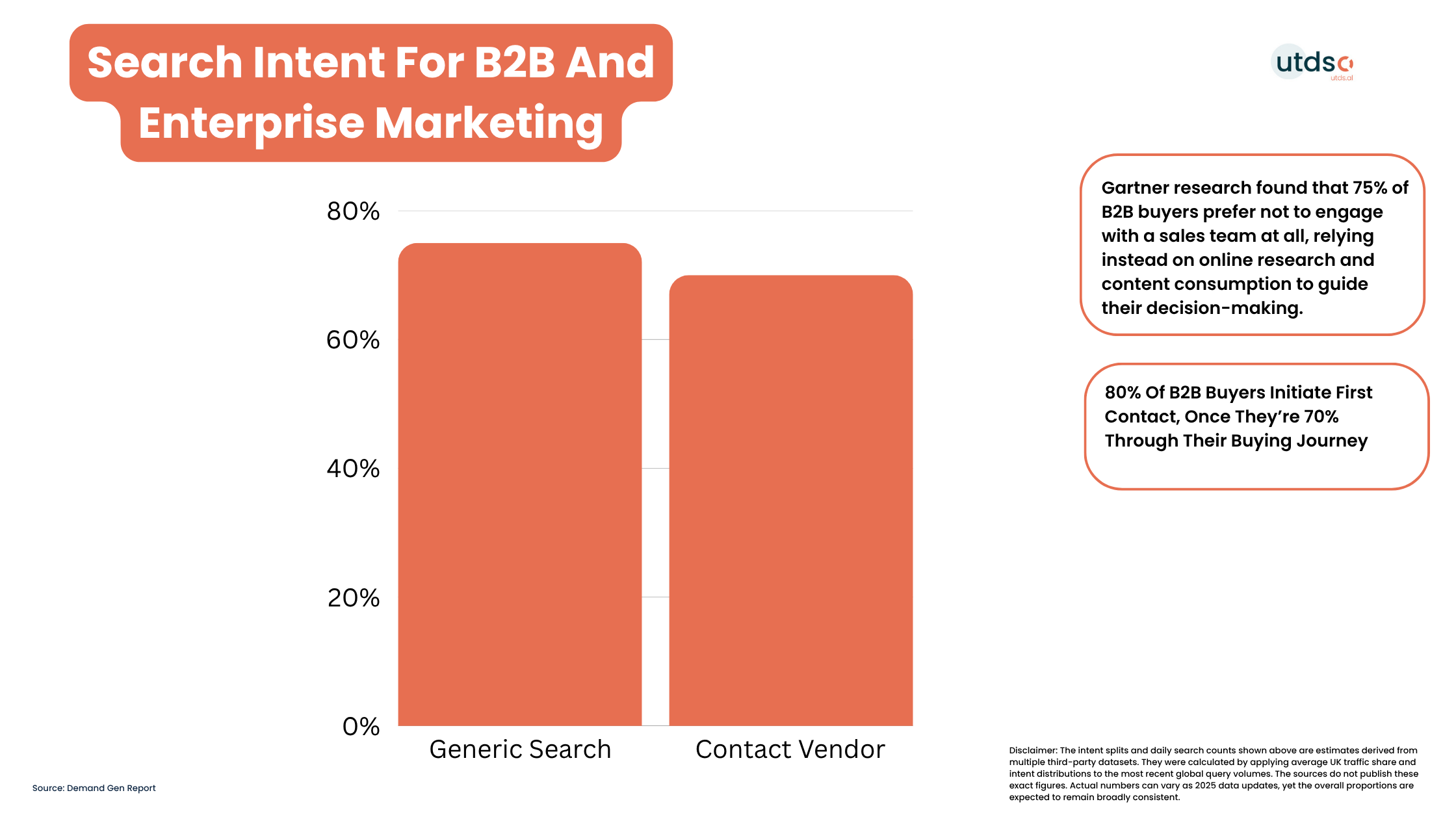
Ready To Rebuild Your B2B Site Around User Intent And Bring In Quality Leads?
Contact us today for a free consultation and start seeing real results!
Importance Of Search Intent For Local Businesses
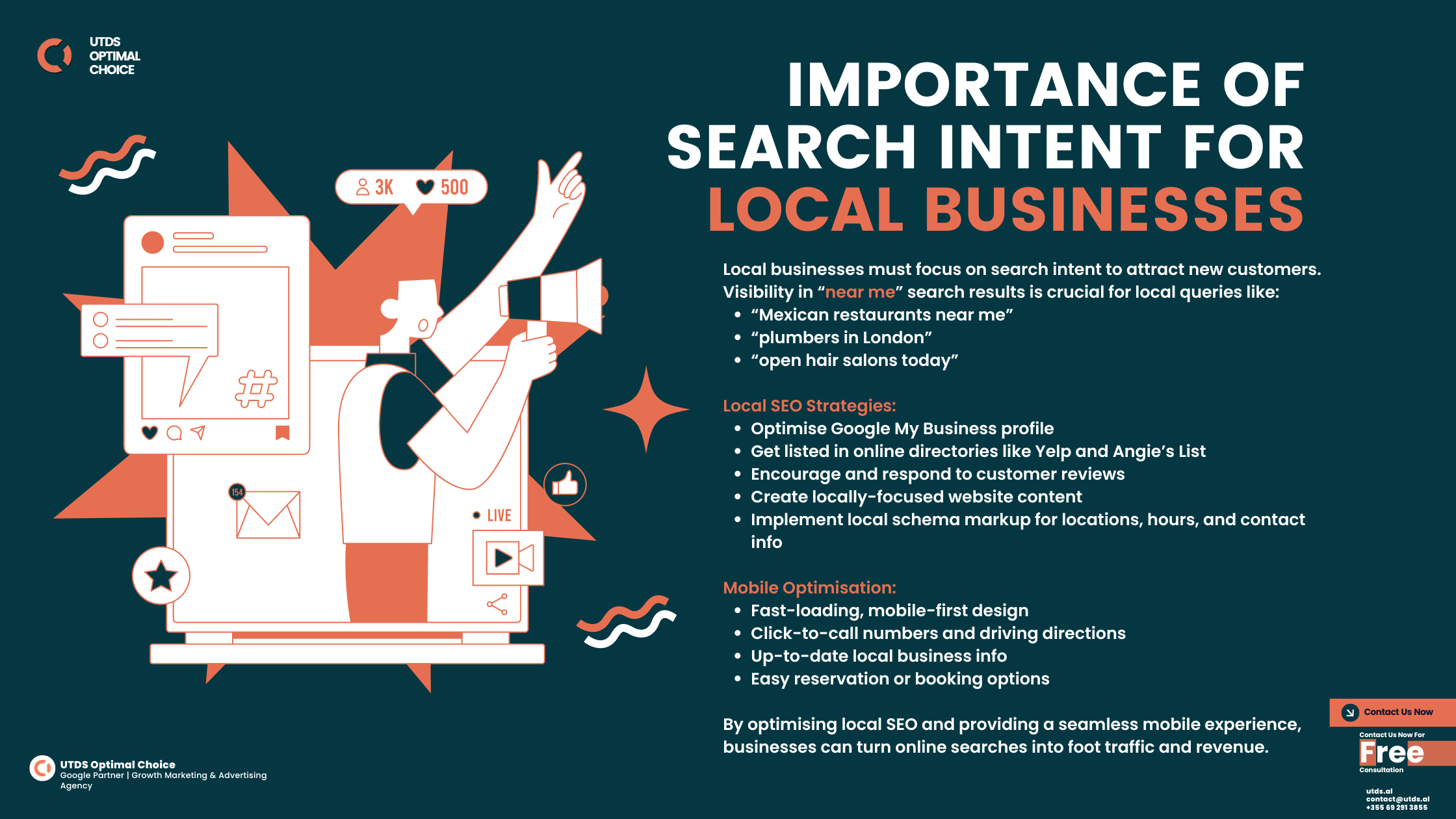
While much of our focus has been on ecommerce seo best practices and companies operating primarily online, businesses with physical locations and local customer bases must also concentrate heavily on search intent.
For local businesses like restaurants, retailers, service providers and more, being visible in “near me” search results is crucial for attracting new customers and foot traffic. Queries like:
- “Mexican restaurants near me”
- “plumbers in London”
- “open hair salons today”
…all demonstrate a localised search intent where proximity and mapping/directions are key.
To optimise for this local search intent, businesses need robust local SEO strategies including:
- Google my business profile optimisation
- Obtaining citations and listings in online directories like Yelp, Angie’s List, etc.
- Encouraging and responding to customer reviews
- Creating locally-focused website pages, content and landing experiences
- Implementing local schema markup to highlight locations, hours, contact info etc.
The search intent behind local queries is often a mix of a few potential goals:
Navigation: Simply finding your address or directions to your nearest location
Informational: Researching and comparing local options (restaurants, lawyers, contractors, etc)
Transactional: Looking to make an appointment, reservation or purchase
So your local SEO, listings and website presence need to seamlessly blend information to satisfy all those intents – from helpful advice content to easy-to-find location details and click-to-call functions.
For “near me” searches performed on mobile devices, where location signals are inherent, user intent is even more likely to be transaction-focused. People are actively looking for convenient options to engage with right away.
That means local businesses must also prioritise:
- Fast-loading, mobile first website design
- Click-to-call phone numbers and driving directions
- Up-to-date local business information across all channels
- Simple reservation, appointment booking or online ordering if relevant
Essentially, you need a frictionless experience that allows mobile searchers with location-based intent to easily find and engage with your business within just a few taps.
By nailing local SEO and optimising for on-the-go search intent, businesses can attract high-value traffic that turns into foot traffic and revenue.
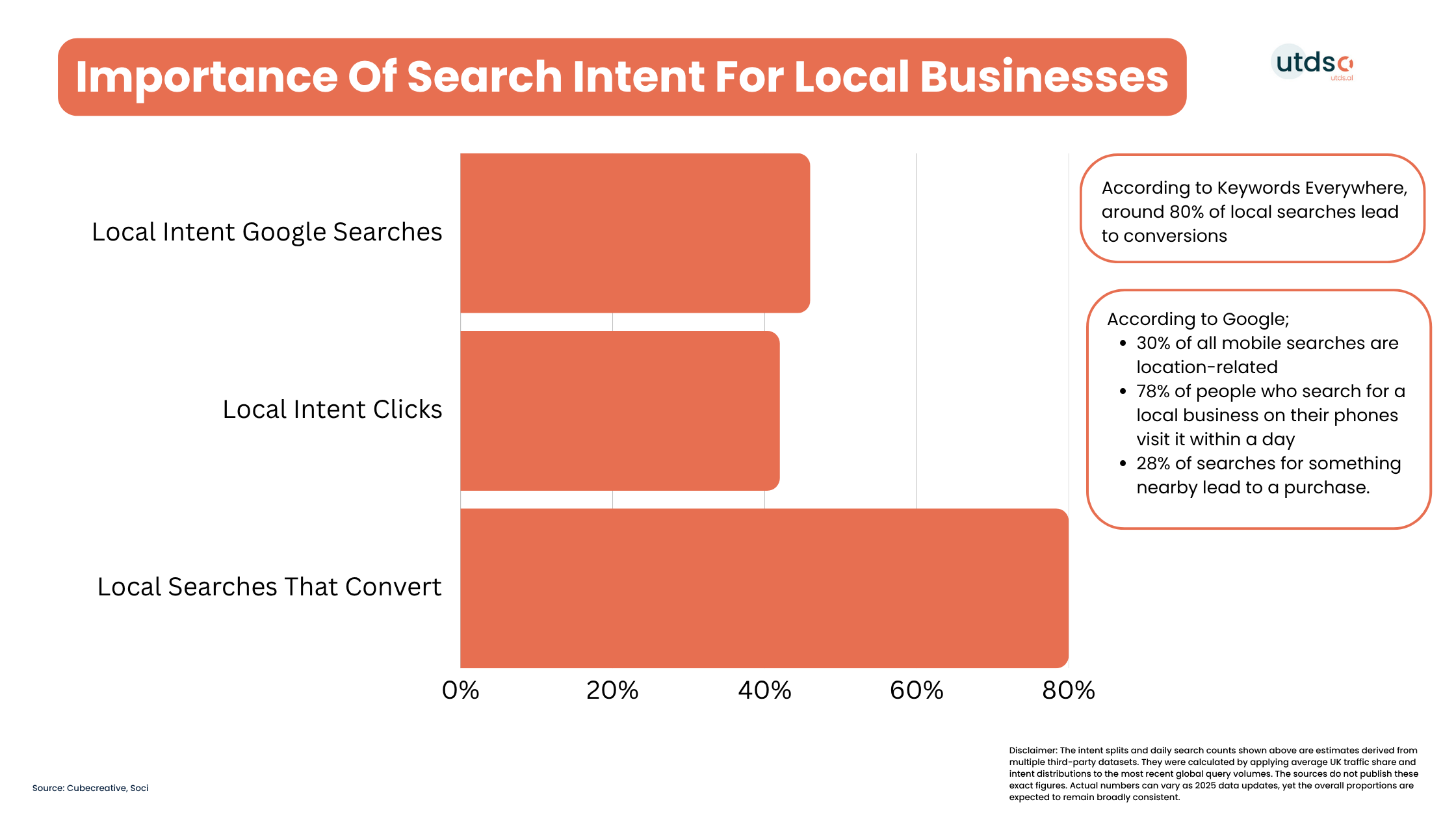
Let's say you run a bakery in London. Someone searching for "best cupcakes near me" has a clear informational intent. Including relevant content about your bakery's delicious cupcakes and highlighting your UK location would be perfect for this search intent. Check our local seo UK guide to know more..
Future of Search Intent & SEO
As search engines get even smarter through advances in AI and natural language processing, accurately deriving intent from queries will only become more important. Google’s goal is to understand the true context and meaning behind searches in order to deliver exactly what each user needs.
For example, the query “lighting stores” could have different potential intents depending on whether that search includes additional context about wanting to make a purchase, finding a specific retailer’s location, or just generally researching options. As these nuances in intent signals grow more complex over time, the best SEO professionals will be those who can create content experiences perfectly matched to each scenario.
By fully grasping the concept of search intent, considering it at every stage of your SEO strategy, keyword research process, and content development, you’ll be able to future-proof your digital presence and keep delivering the right solution every time someone searches.
How Can We Help You?
At UTDS Optimal Choice, we are one of the best SEO and PPC Campaign Management agency that can take your online presence to new heights. We offer a comprehensive suite of services to boost your visibility, engage your target audiences, and drive more leads and sales for your business.
Whether you need support across our full range of integrated digital marketing services or just want to double down in one particular area, UTDS Optimal Choice has you covered. Our team of experienced marketers, creatives, developers and data analysts are ready to be an extension of your team and drive measurable growth.
To learn more about how we can improve your digital presence and generate more revenue, contact us for a free consultation today!
Ready To Rebuild Your Site Around User Intent And Bring In Quality Leads?
Contact us today for a free consultation and start seeing real results!
Common Questions About User Intent
What do you mean by search intent?
Search intent is the purpose a person has when typing a query. It shows what outcome they need information, a location, a purchase, or a comparison, so matching that purpose keeps them engaged.
What are the 3 Cs of search intent?
Content type (article, video, product page), Content format (list, guide, review), Content angle (freshness, price focus, depth). Align all three to what shows on the results page.
What are the four types of search intentions?
Informational, Navigational, Commercial Investigation, Transactional.
What is the difference between user intent and search intent?
User intent is the broader goal behind any online action. Search intent is user intent expressed through a search engine query.
How to satisfy search intent?
- Study the top results for structure and depth.
- Provide the answer faster and in clearer language.
- Support with rich media or interactive tools.
- Optimise titles and headings so users see relevance instantly.
- Keep the page experience swift and distraction free.
What are the three common types of searches?
Informational, Navigational, Transactional.
What is a high intent search?
A query signalling immediate action, for example “buy iPhone 15 Pro Max London”.
What are the three phases of search?
Awareness, Consideration, Decision.
What are the techniques of intent recognition?
Natural language processing, query modifier analysis (“buy”, “how”, “near me”), click pattern monitoring, and review of search engine results page features (featured snippets, shopping boxes).
What are information intent keywords?
“How”, “why”, “guide”, “tutorial”, “best way to”.
What is an example of search intent?
“Cheap flights Heathrow to Dubai August” shows transactional intent because the user wants to book.
What is the difference between commercial and transactional search intent?
Commercial intent involves researching options (“best budget laptops”), while transactional intent shows readiness to purchase (“buy Lenovo IdeaPad 3”).


